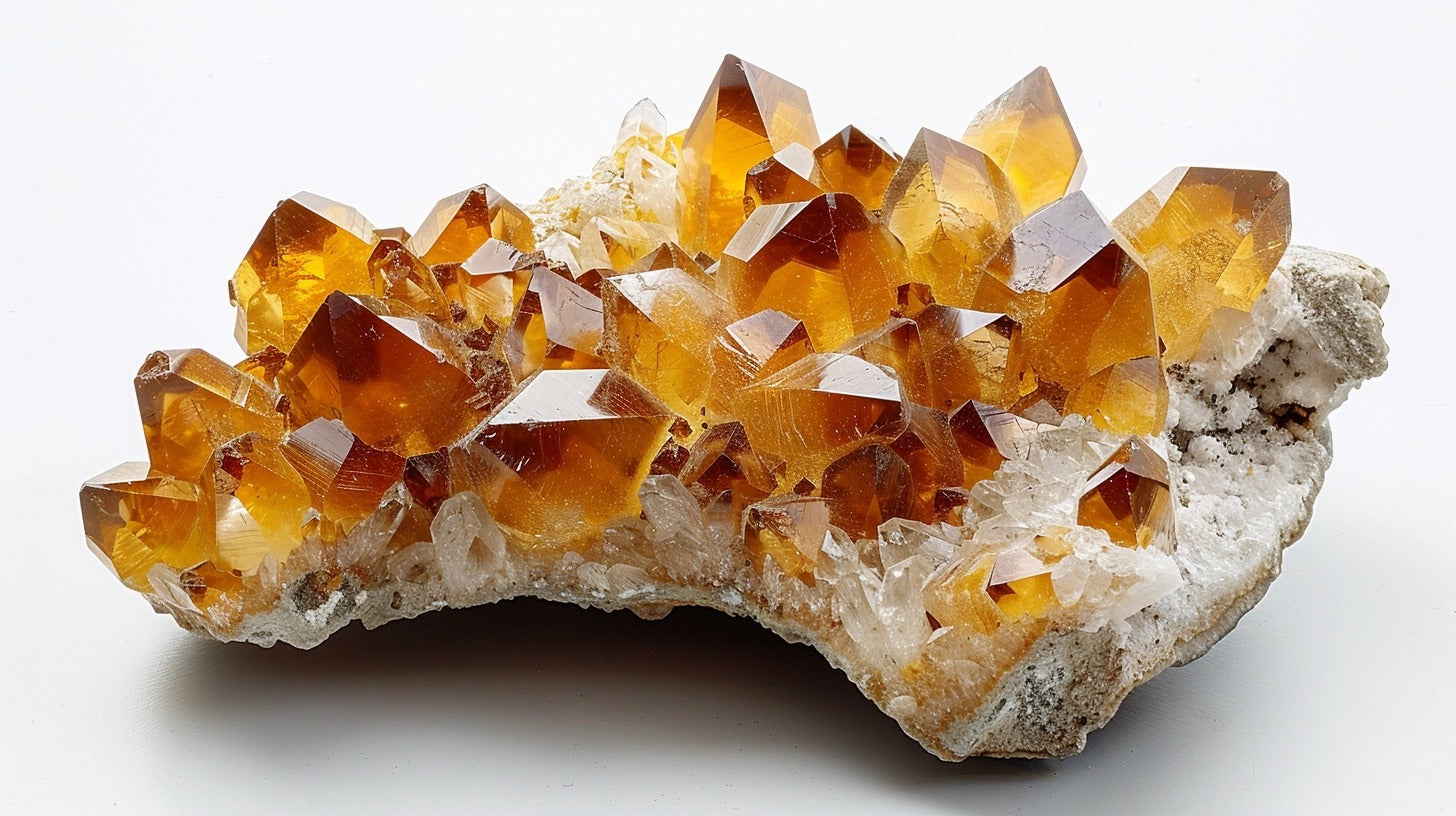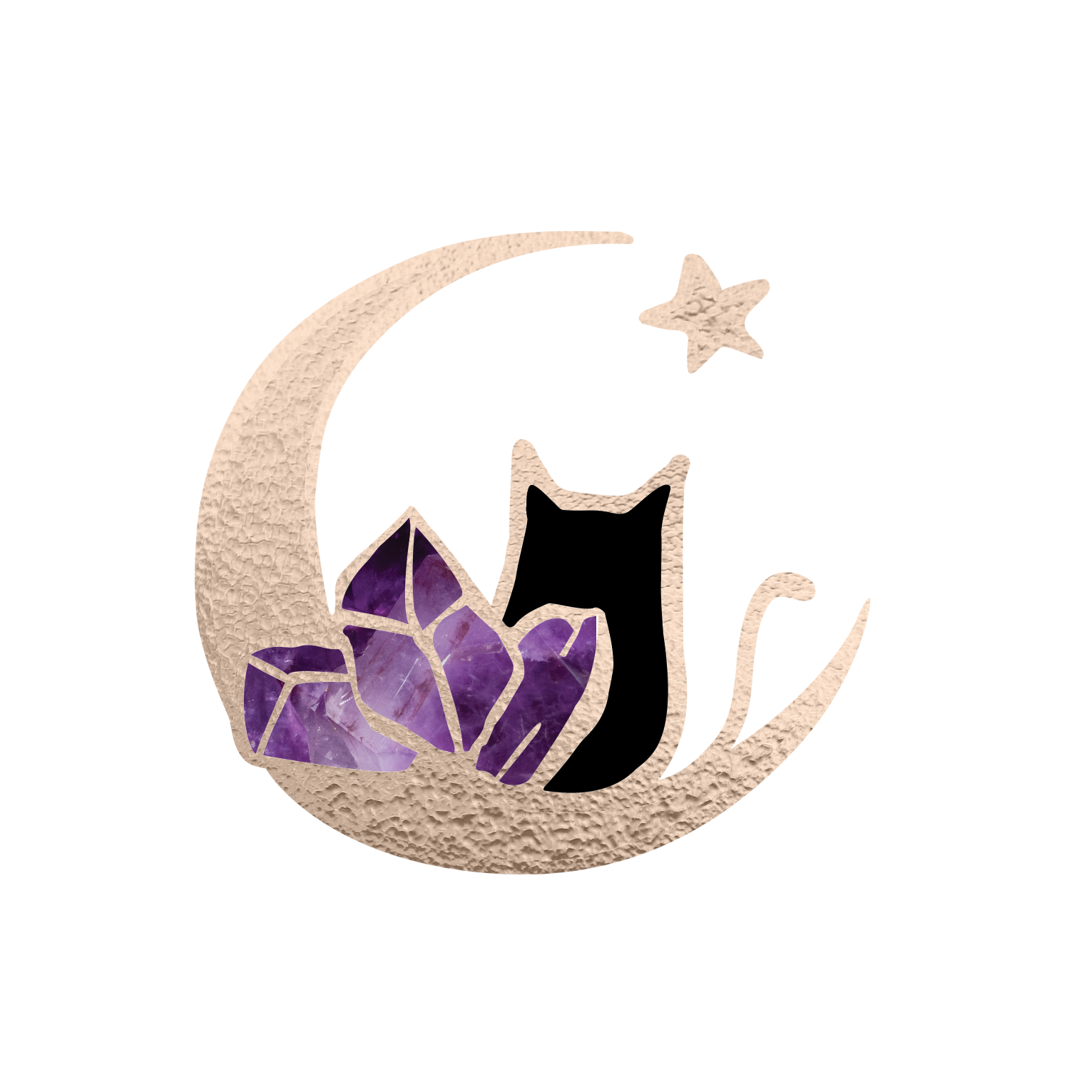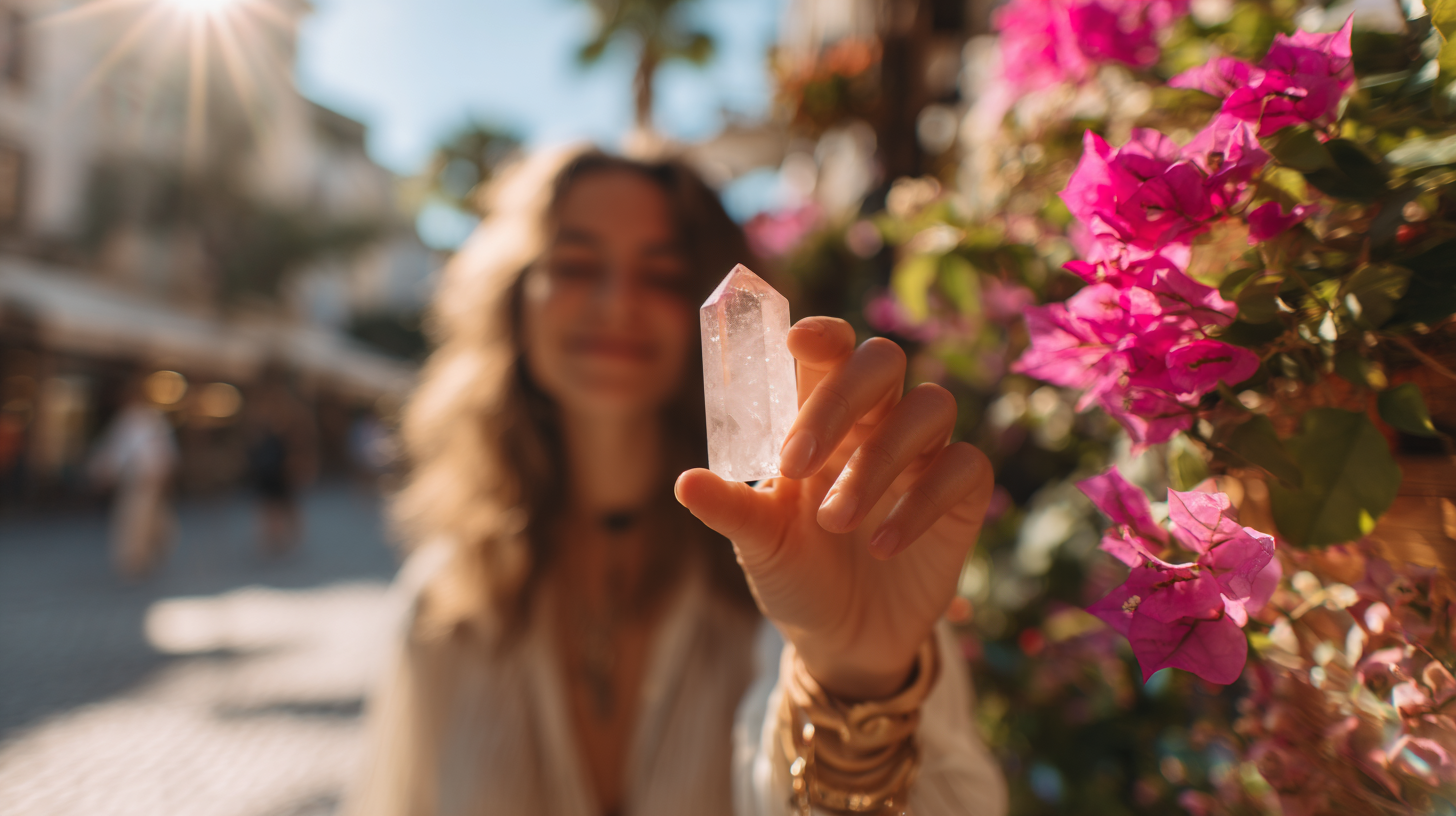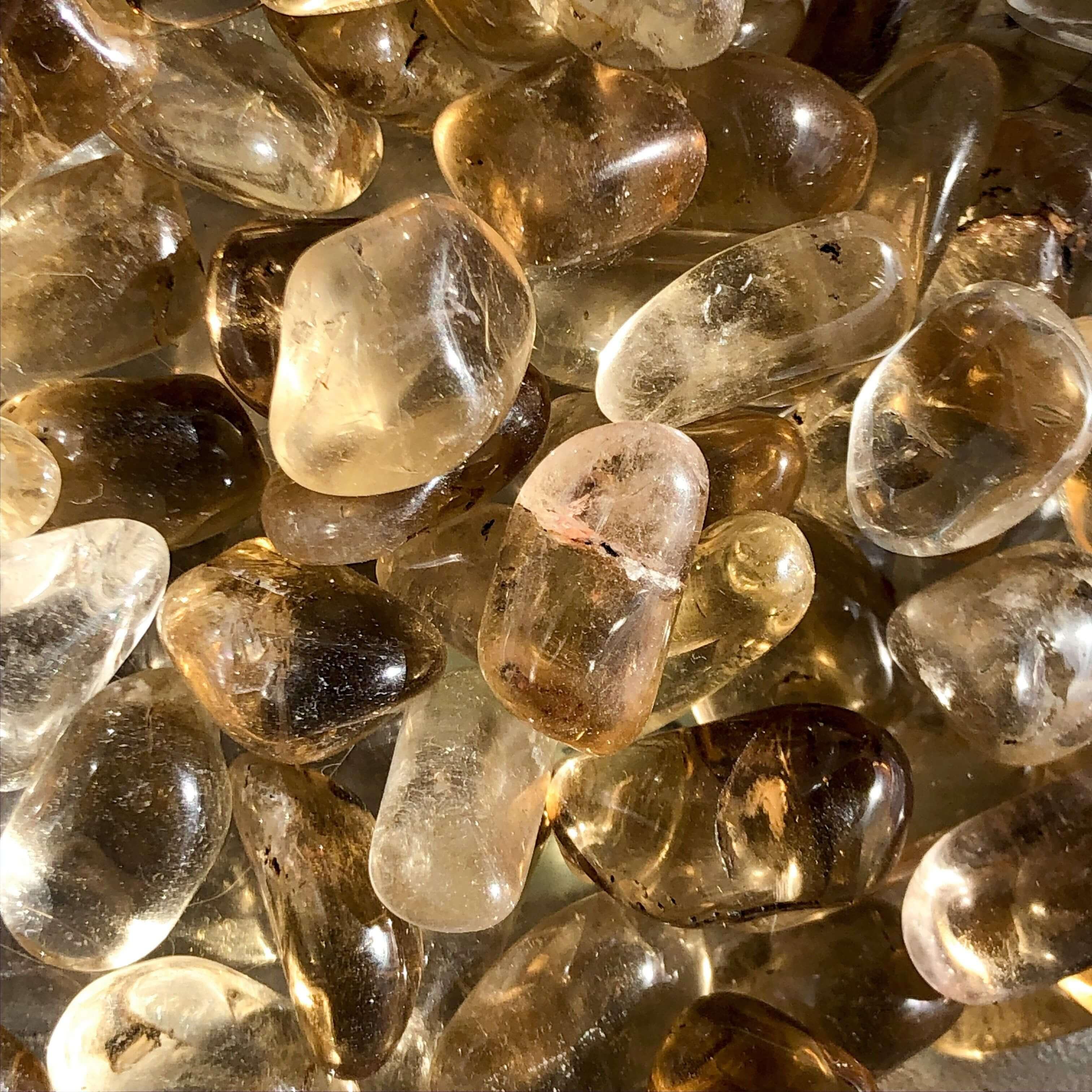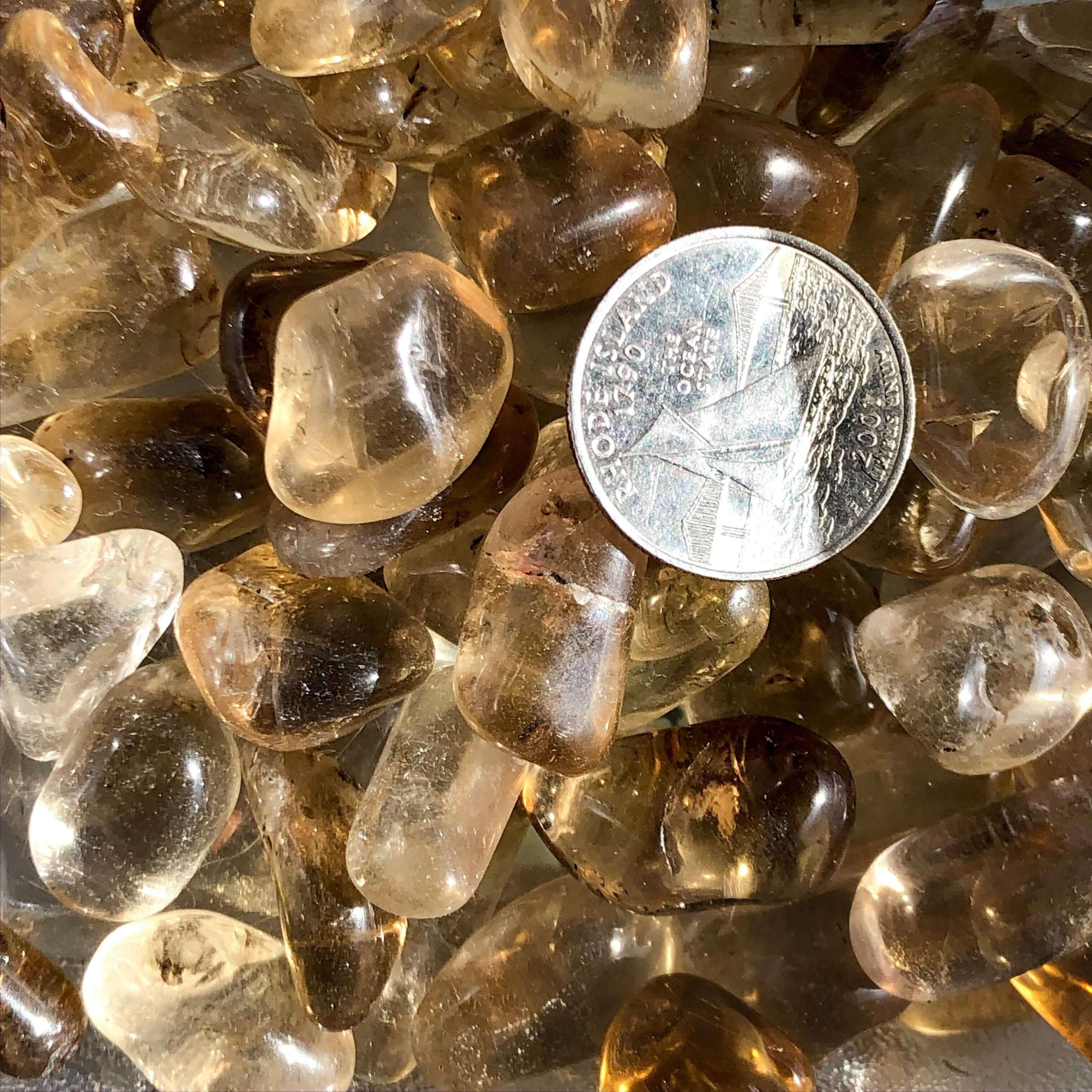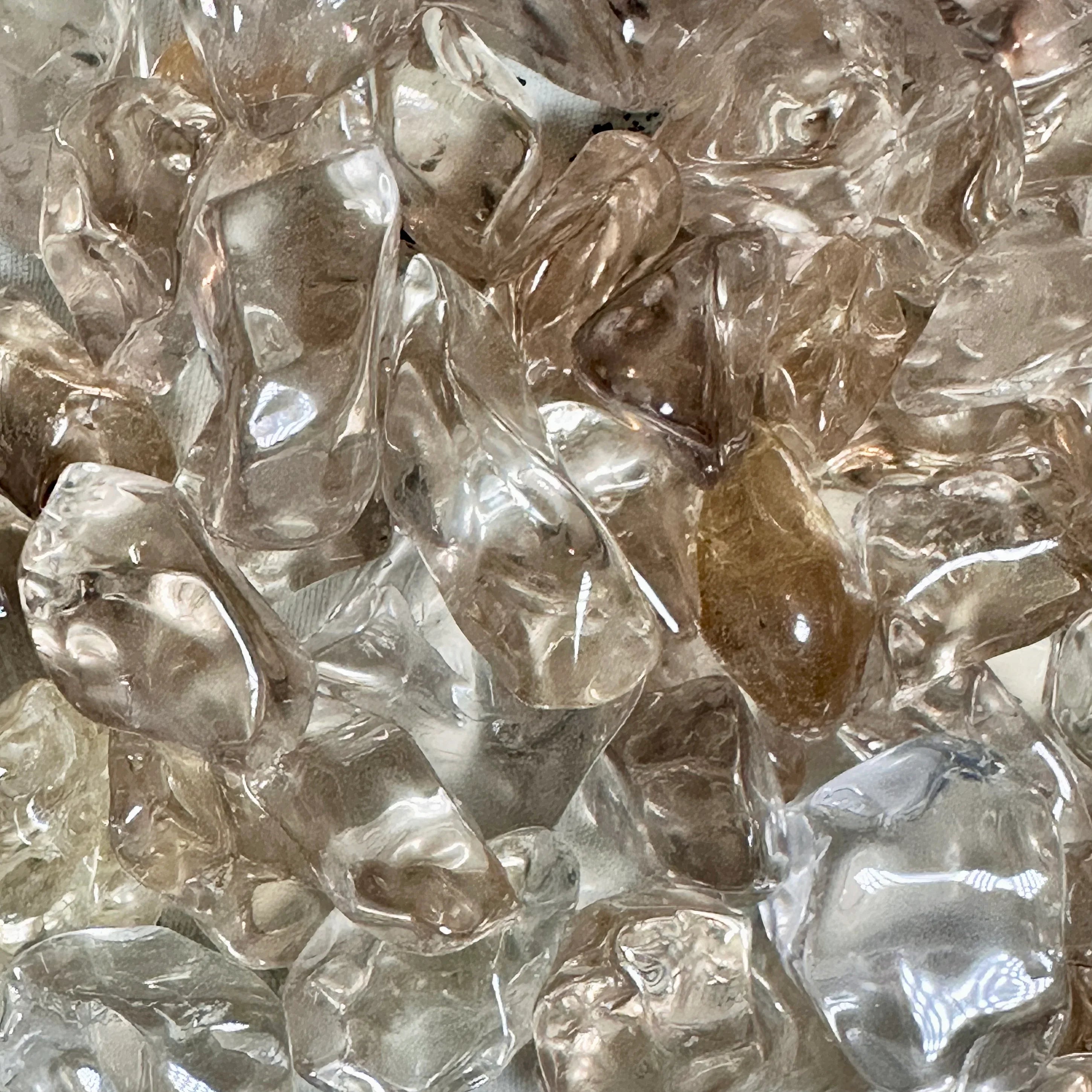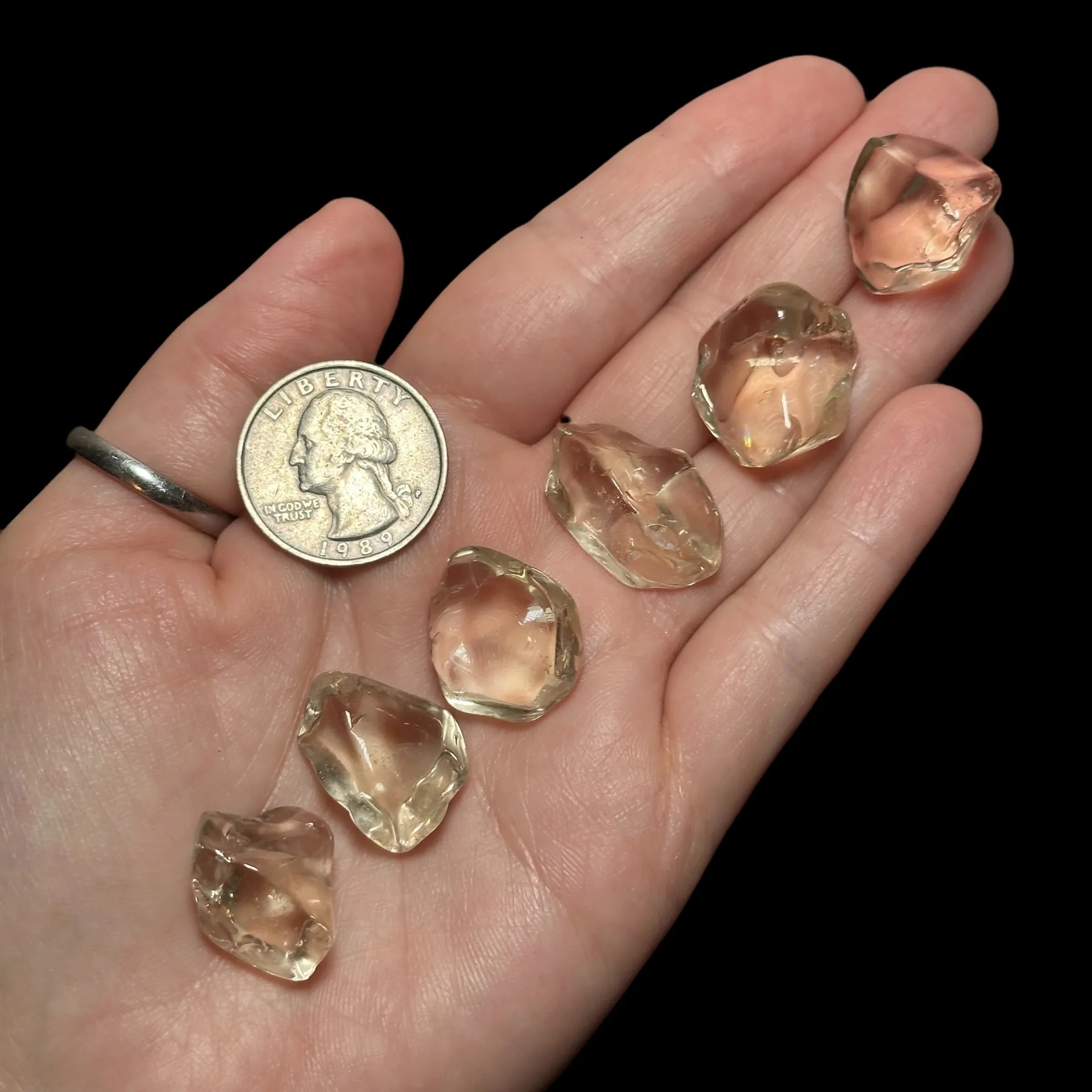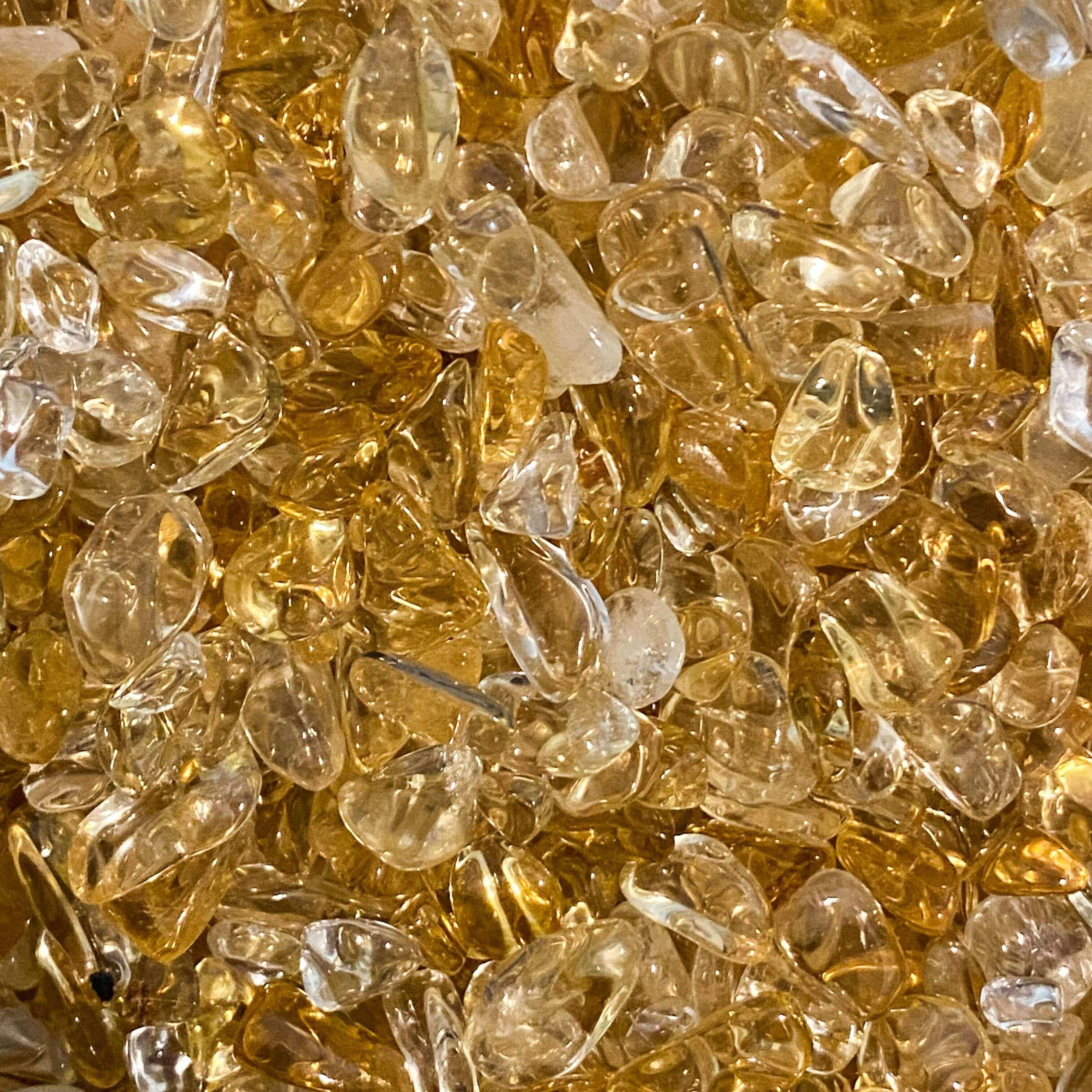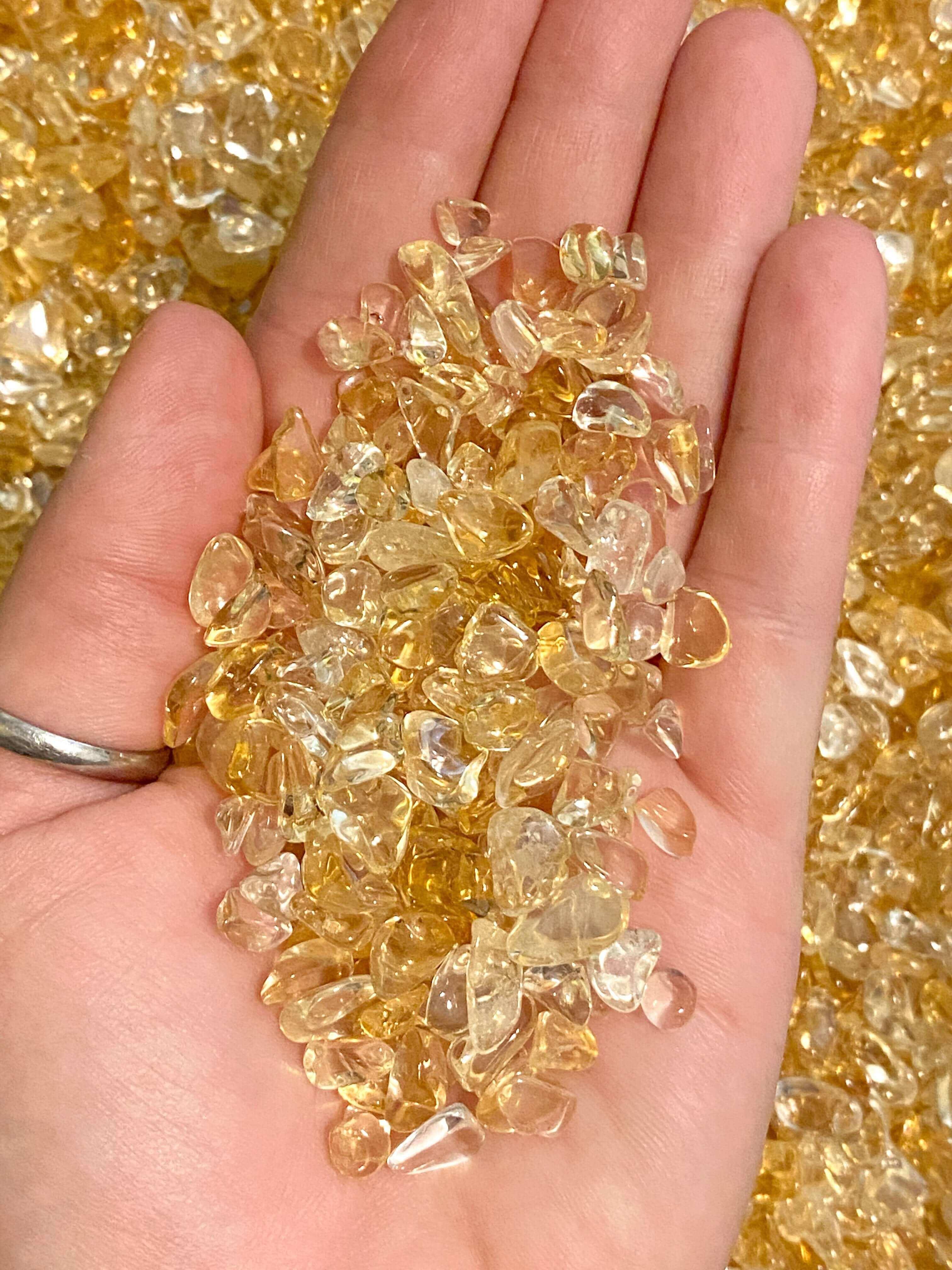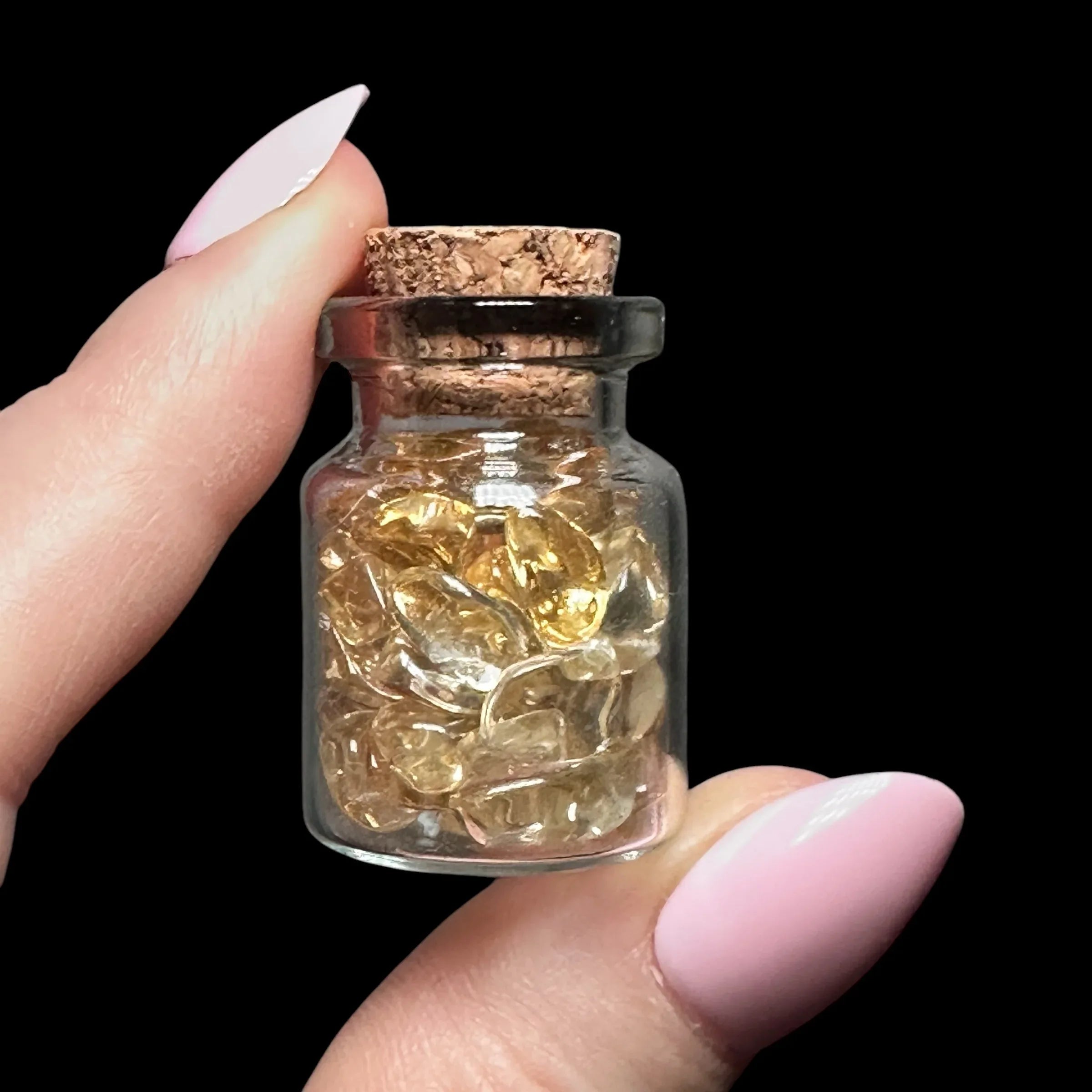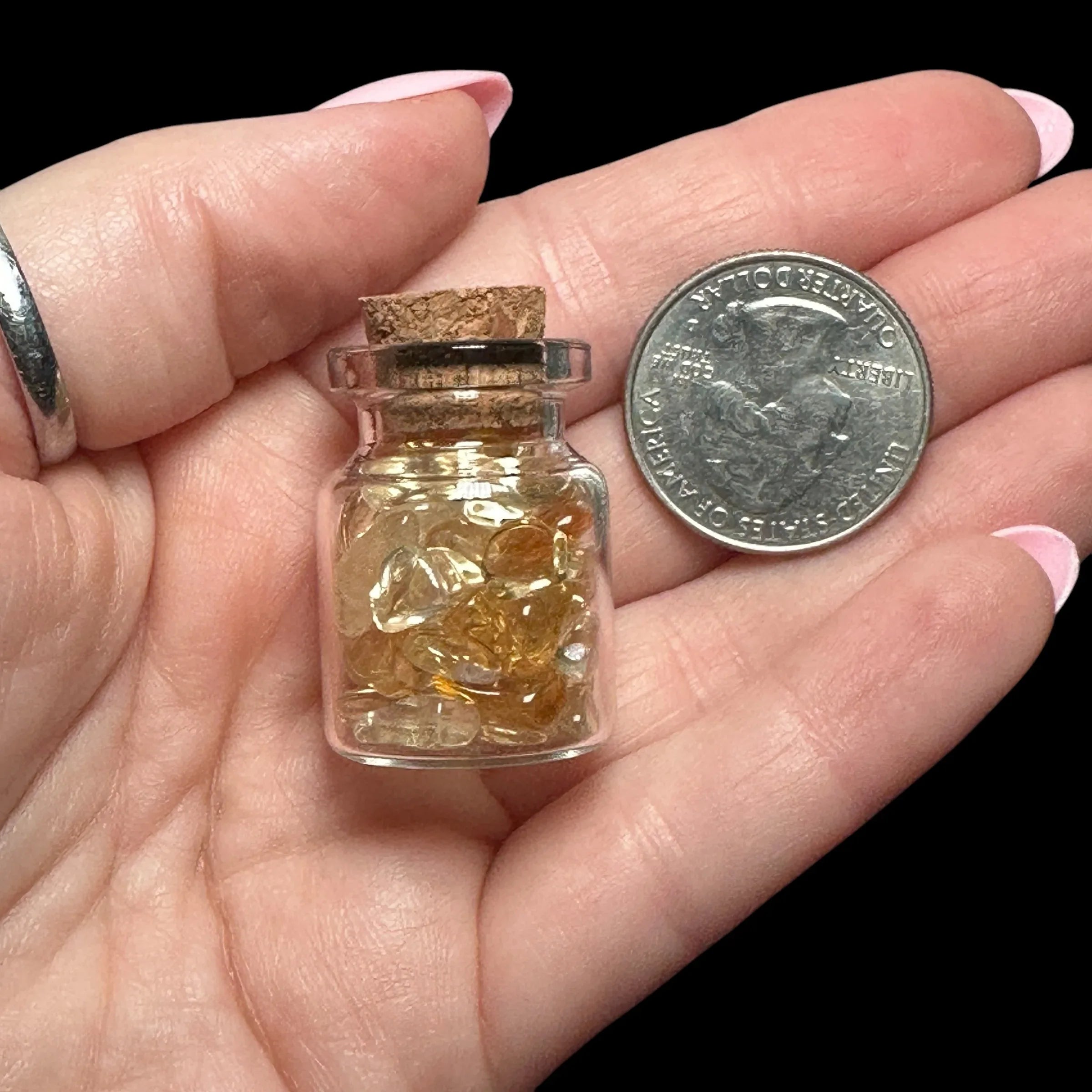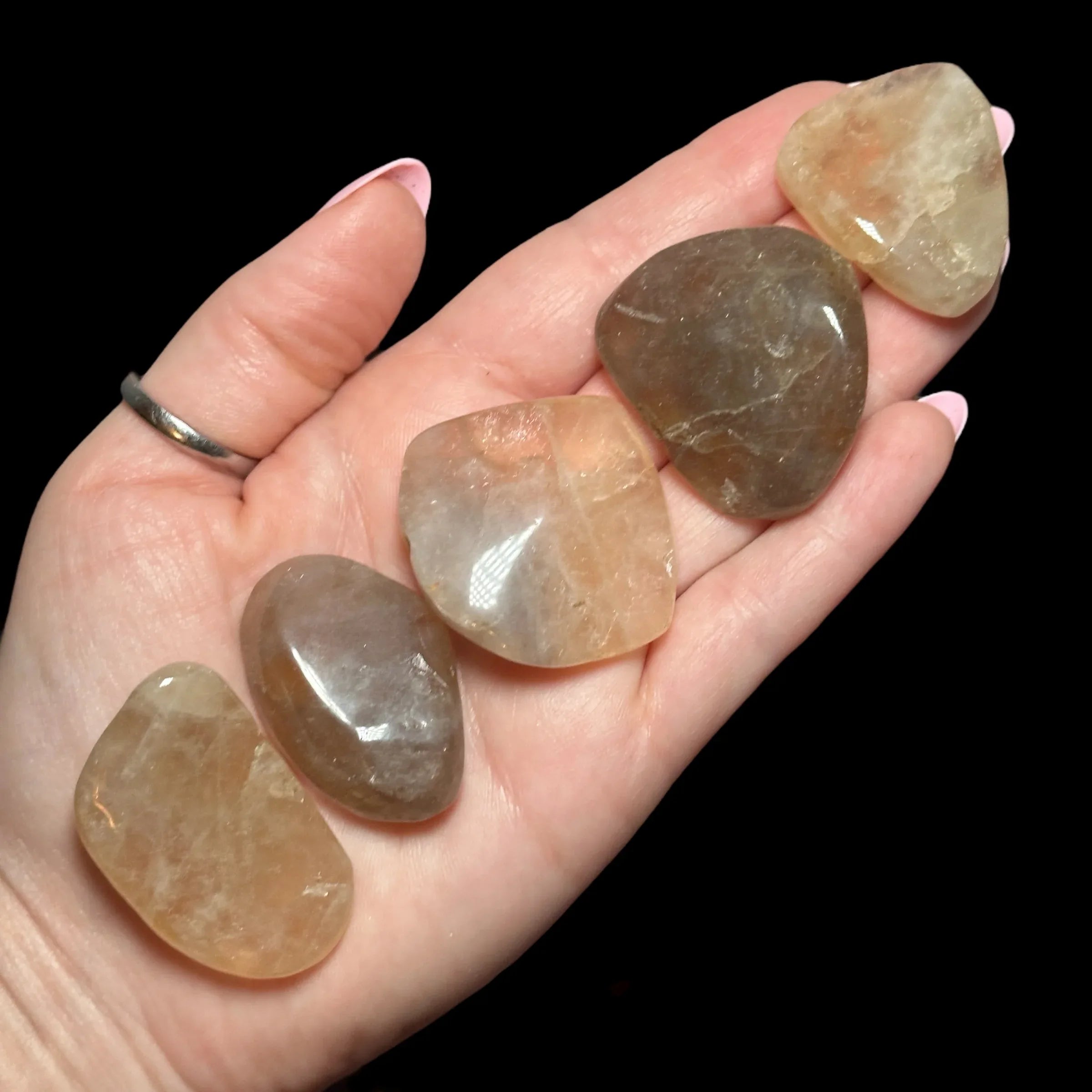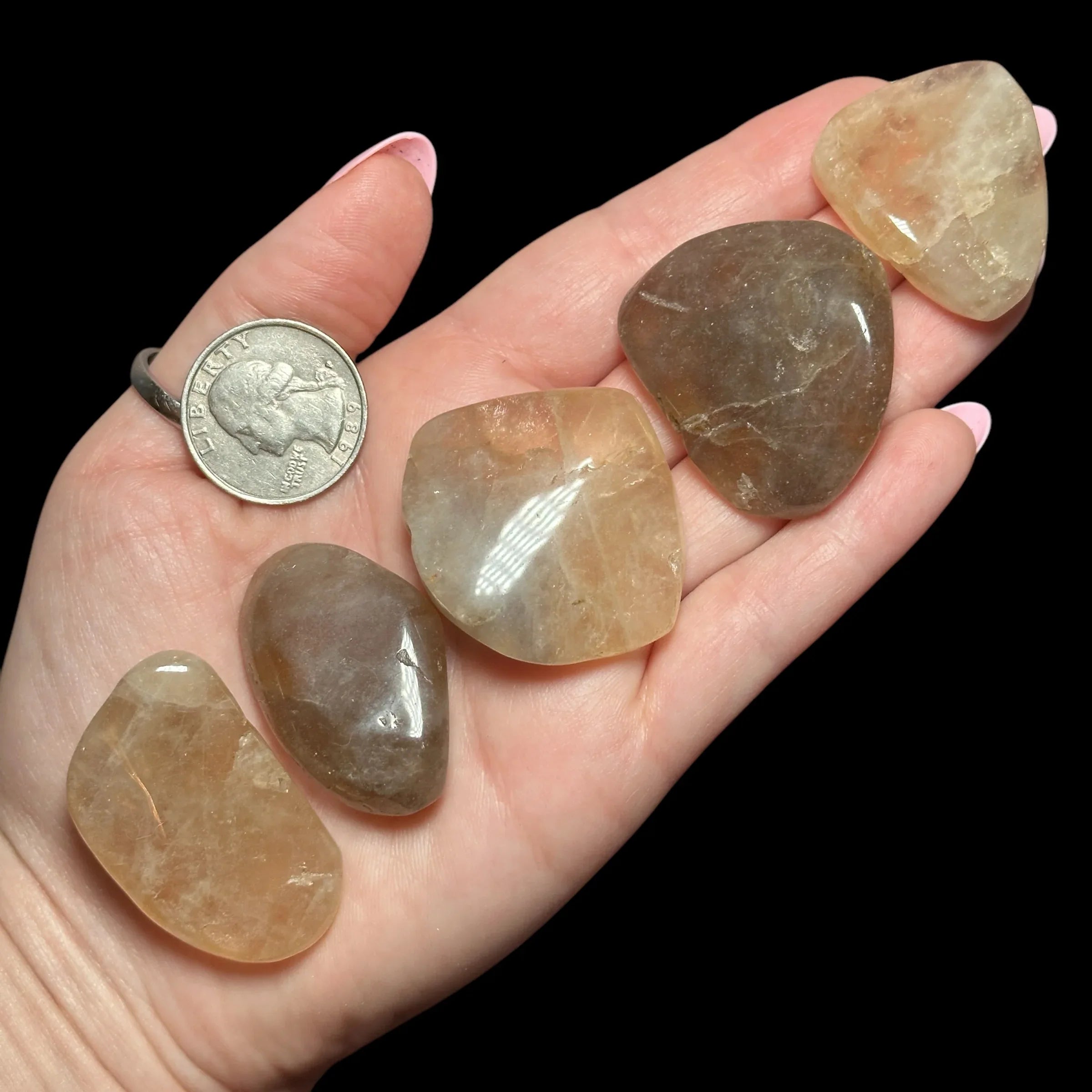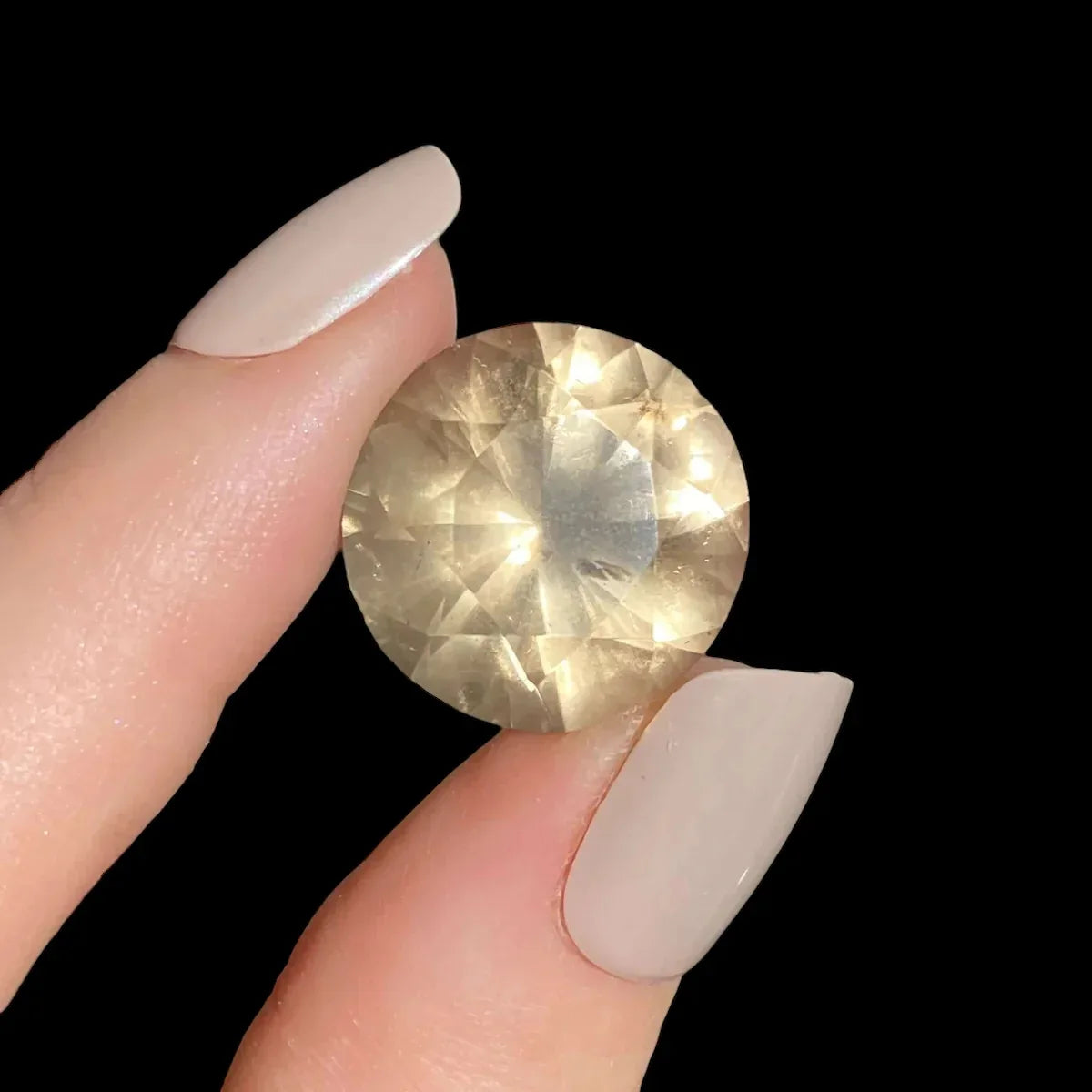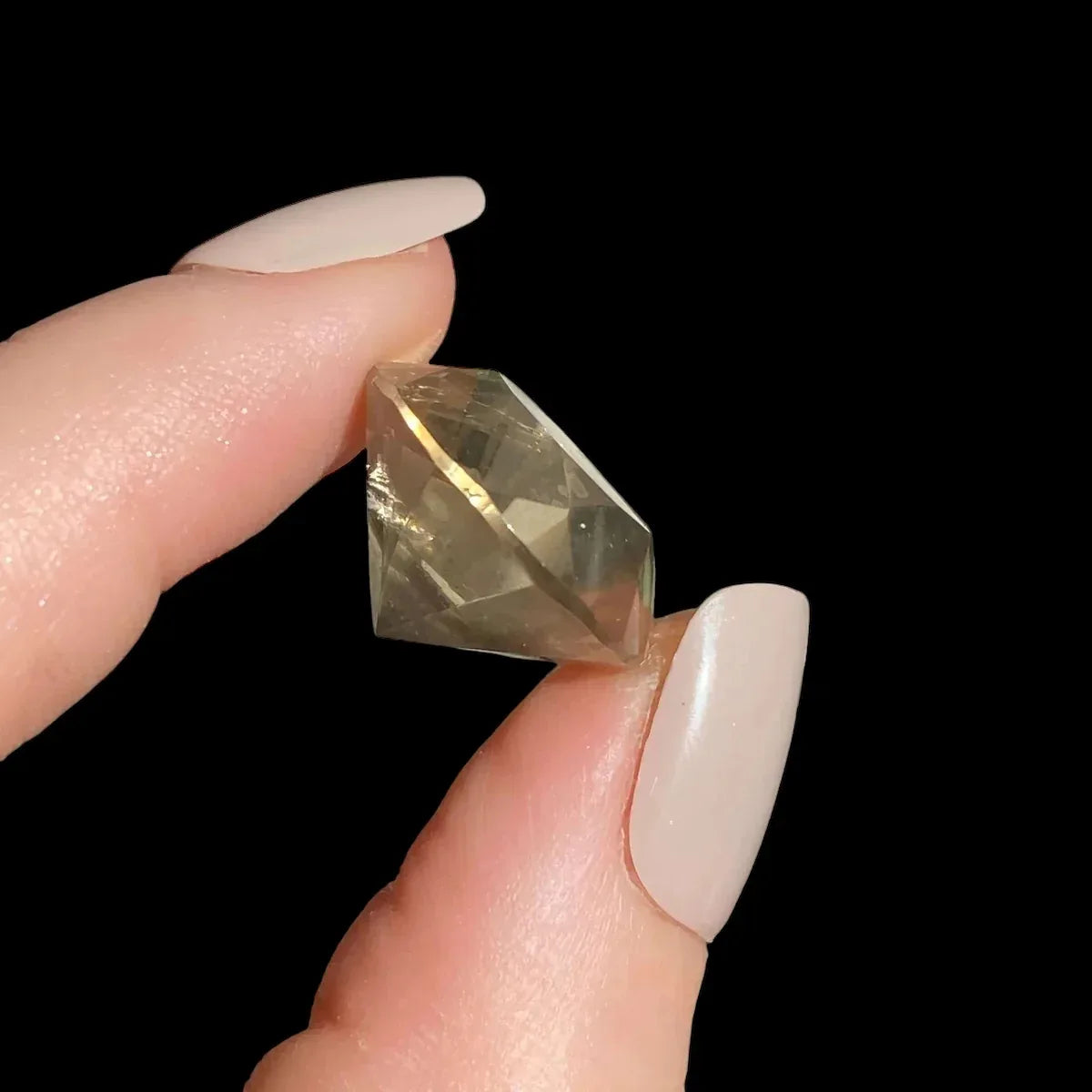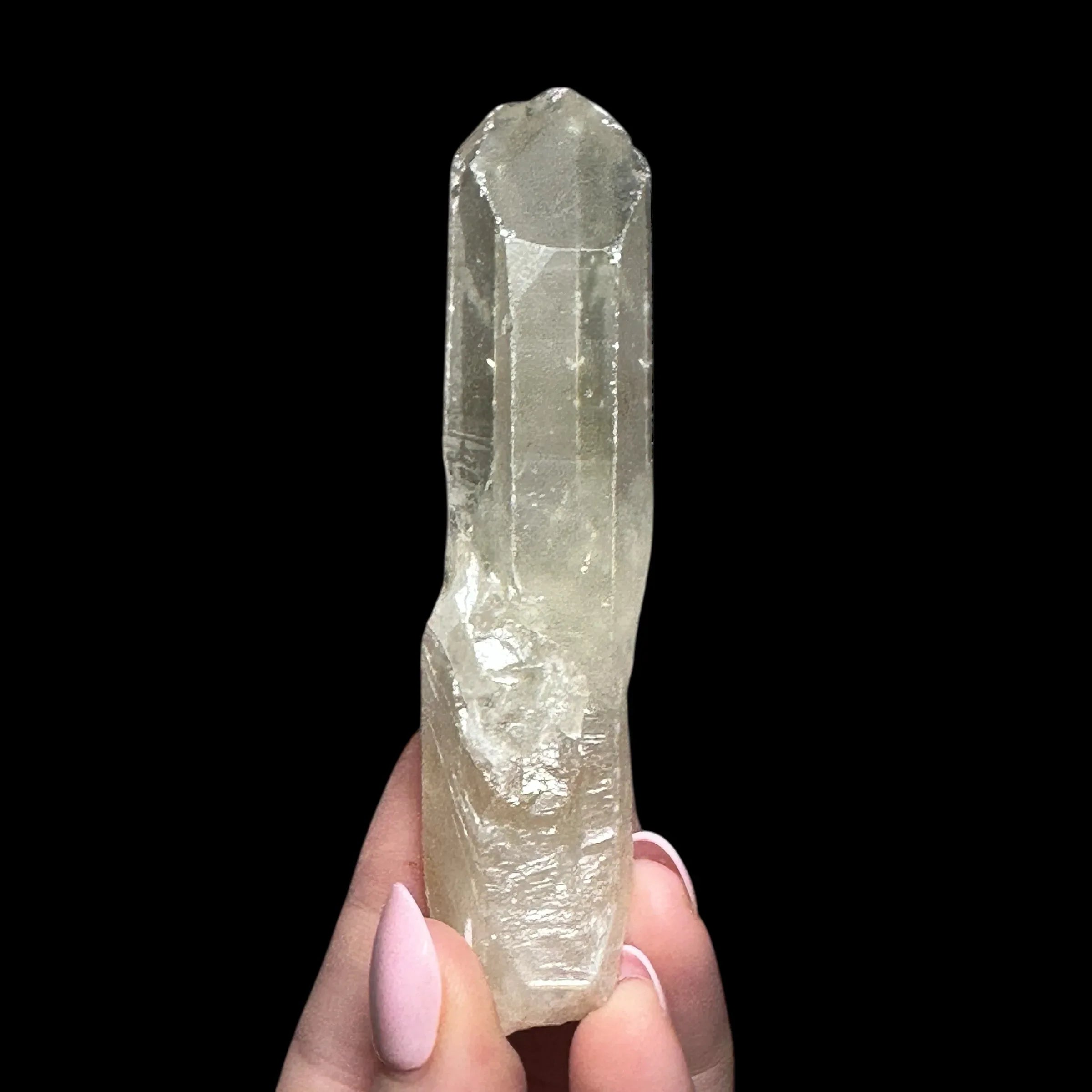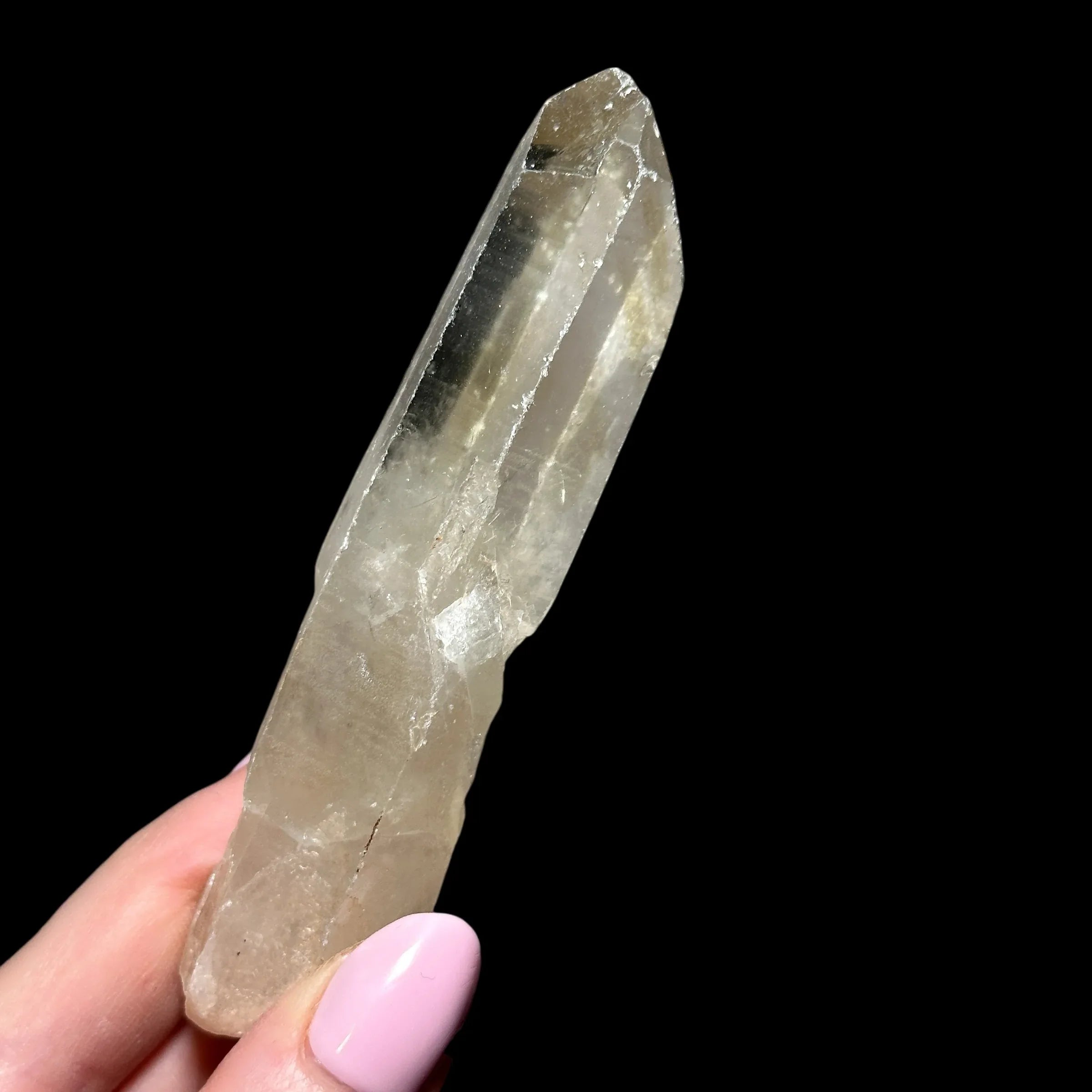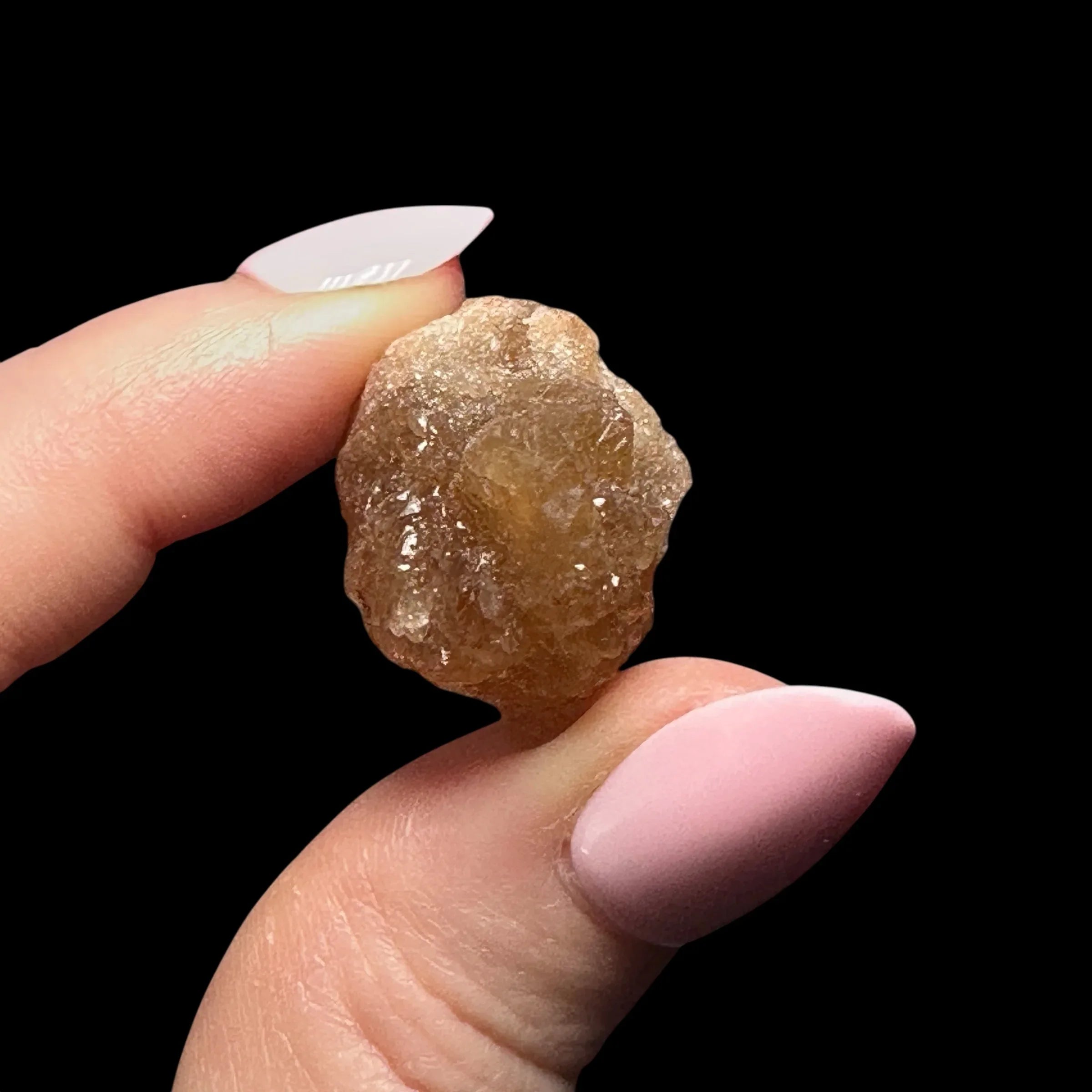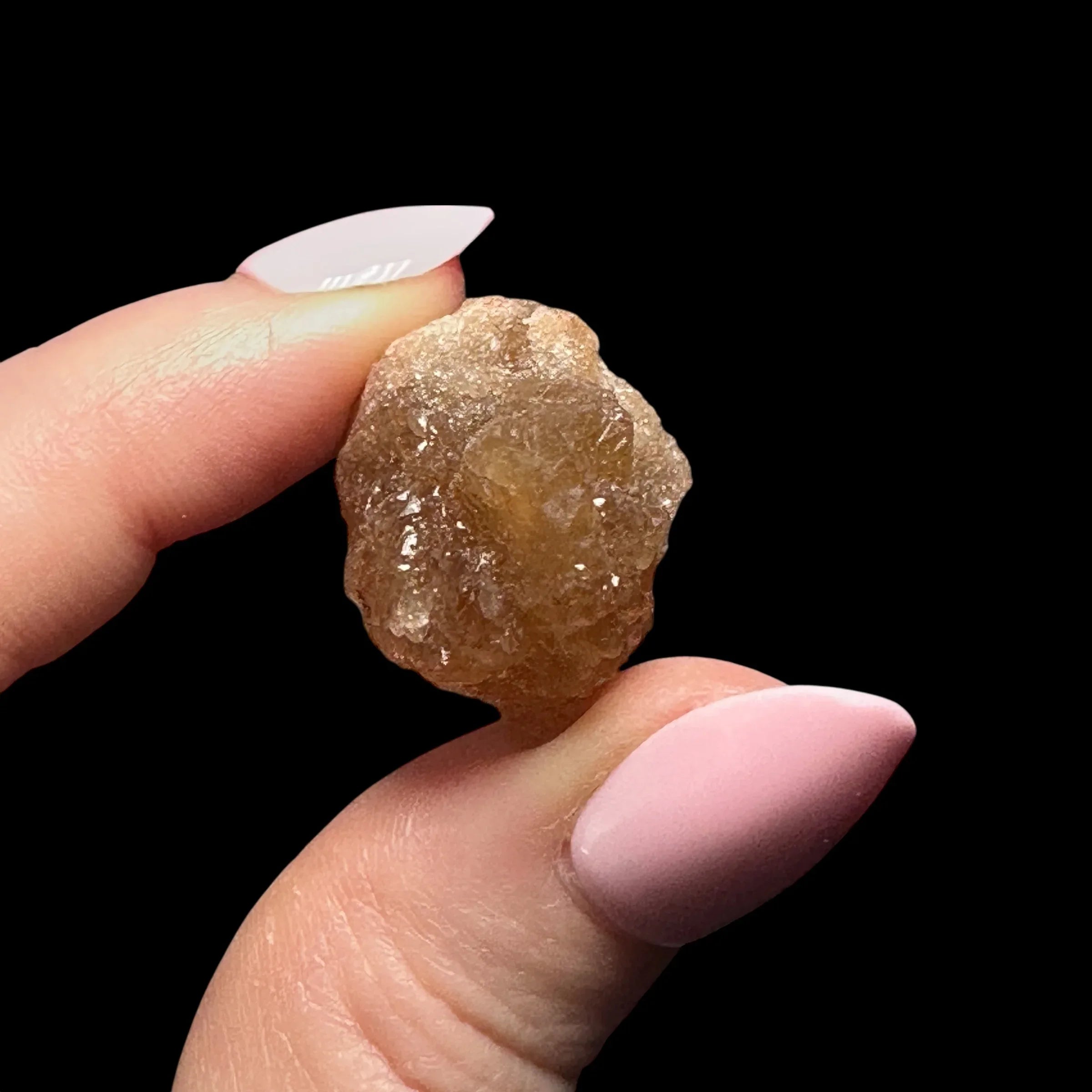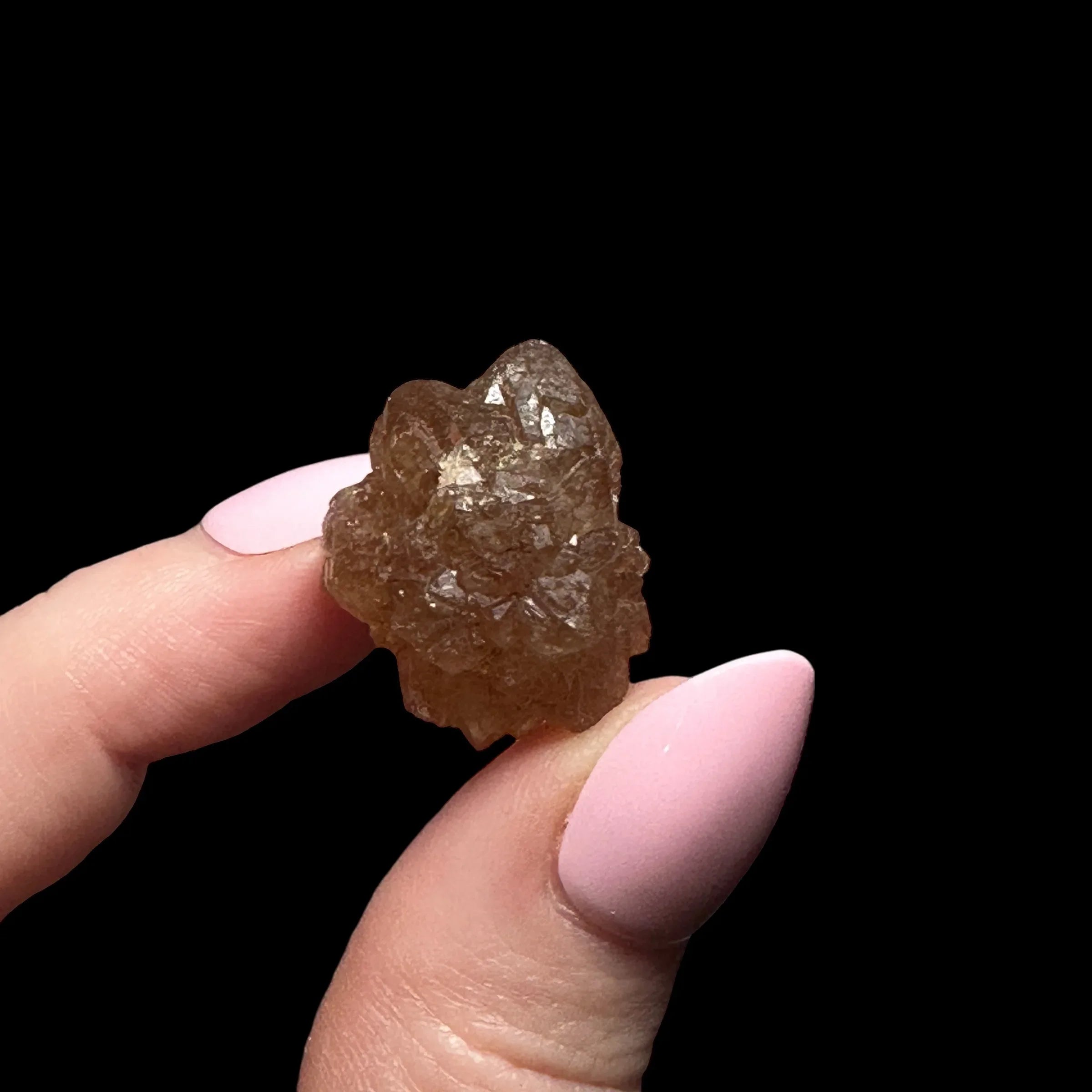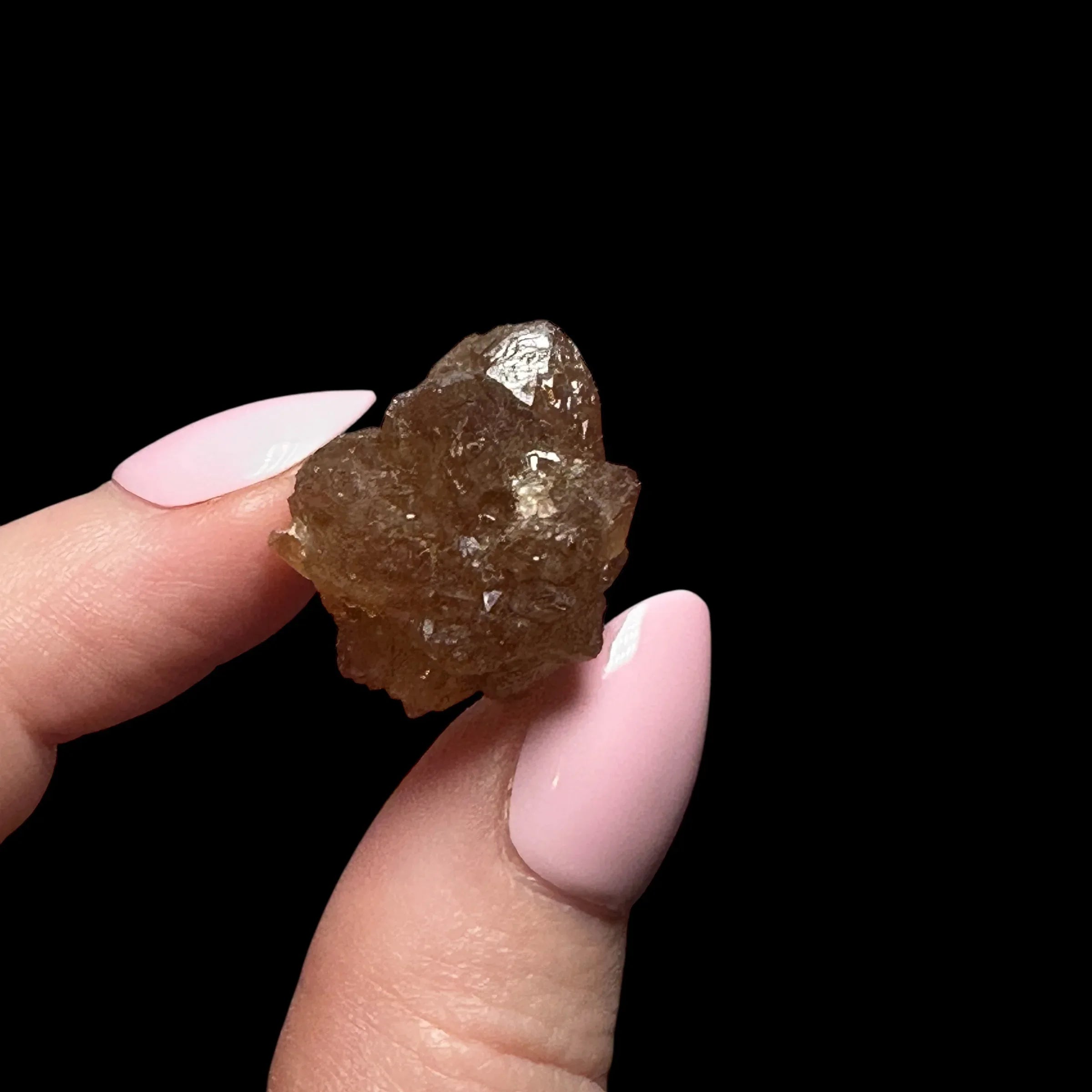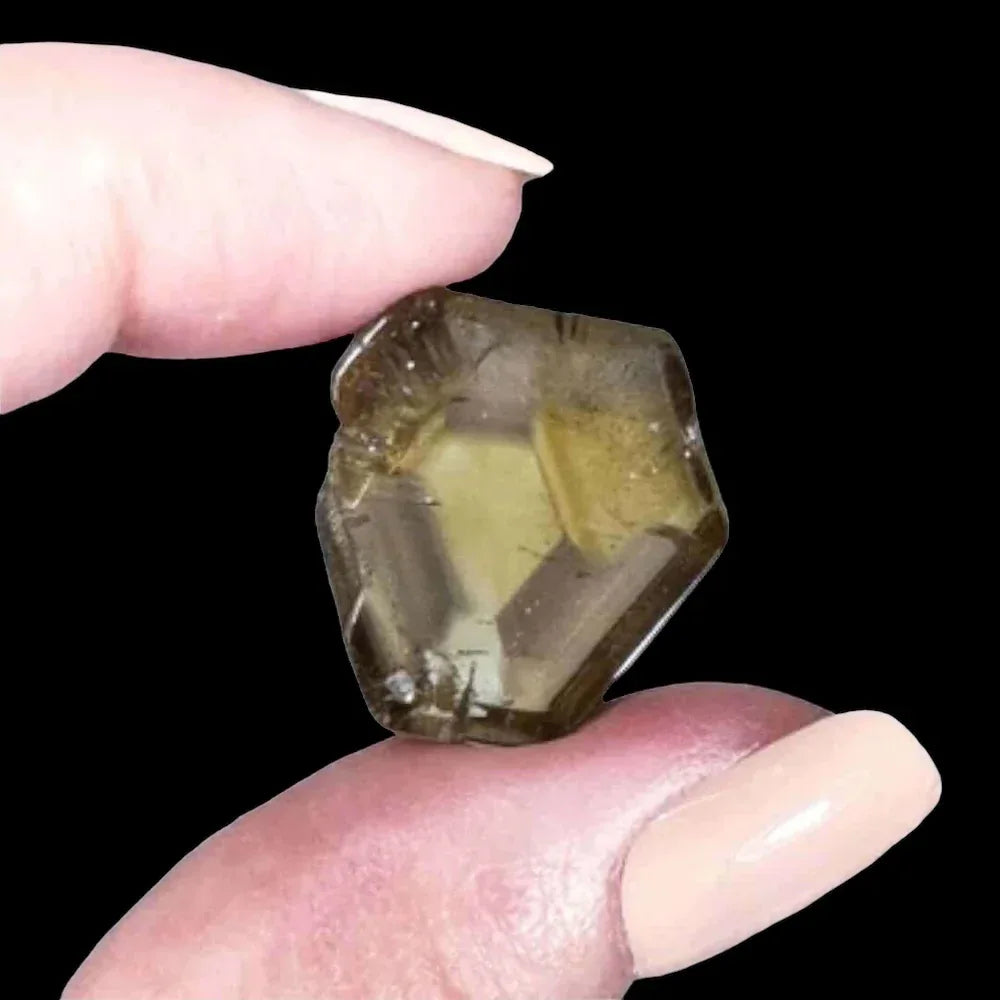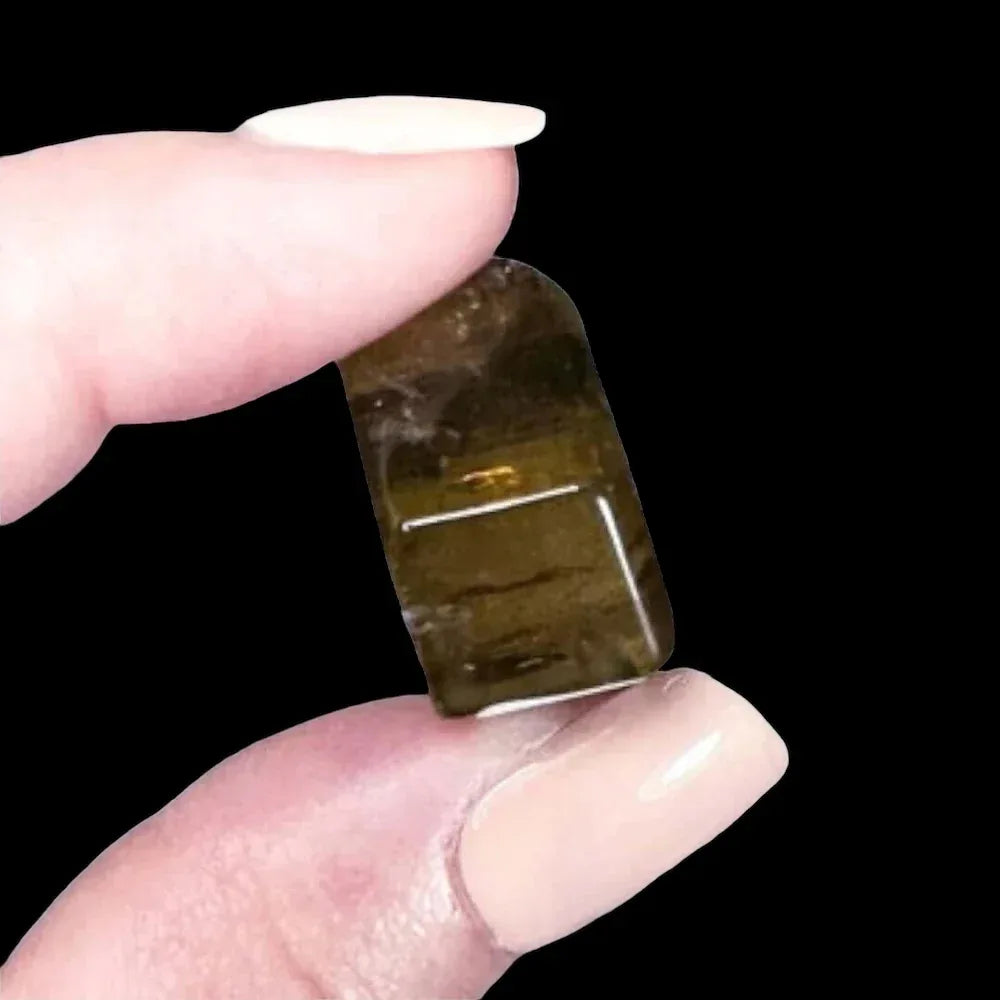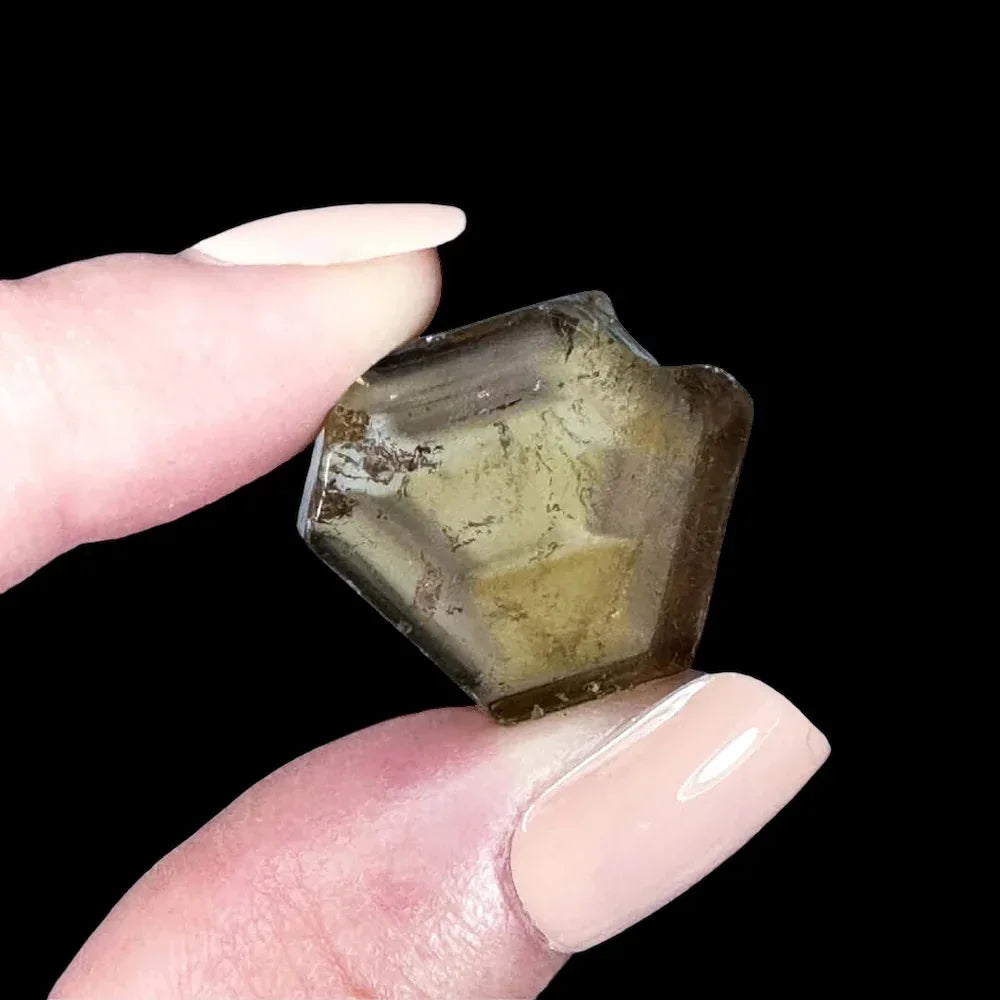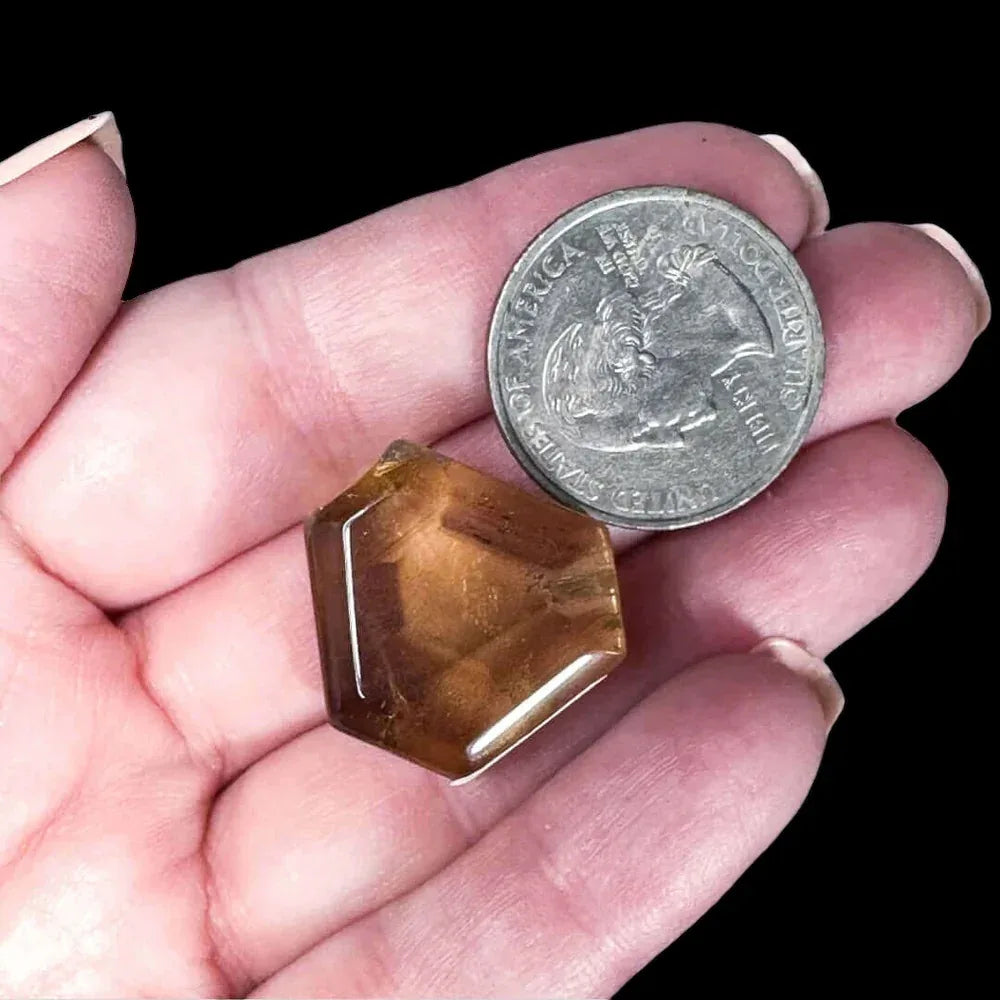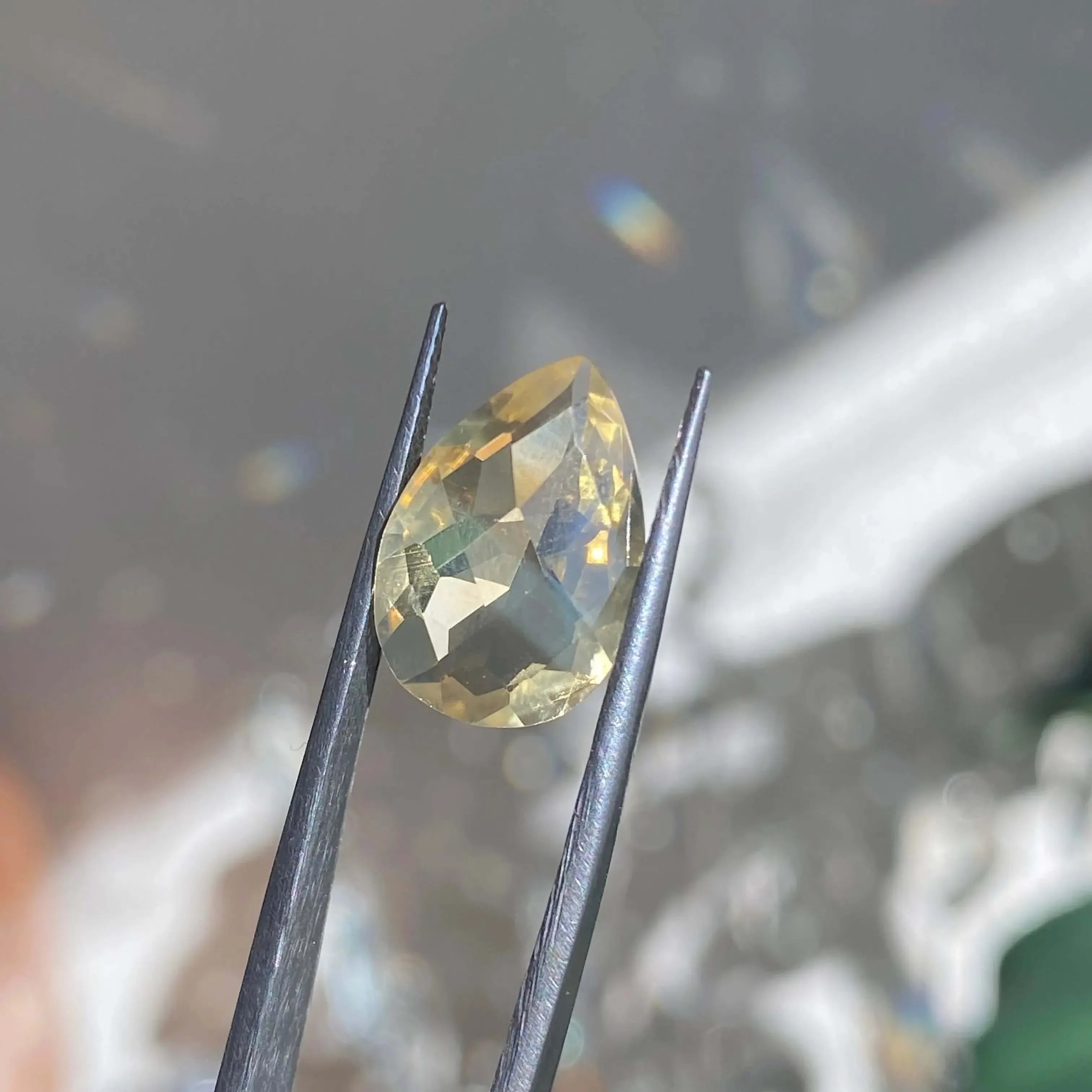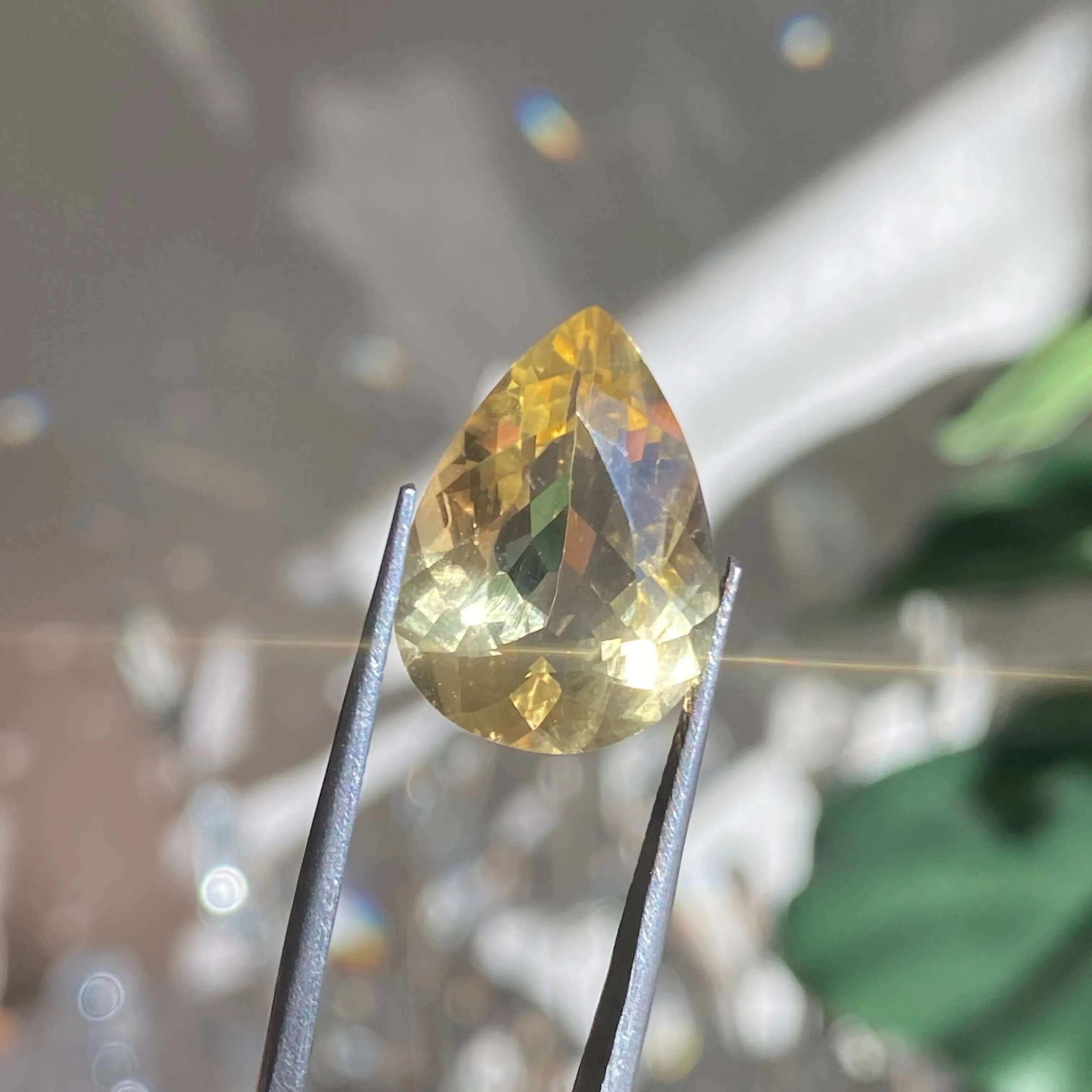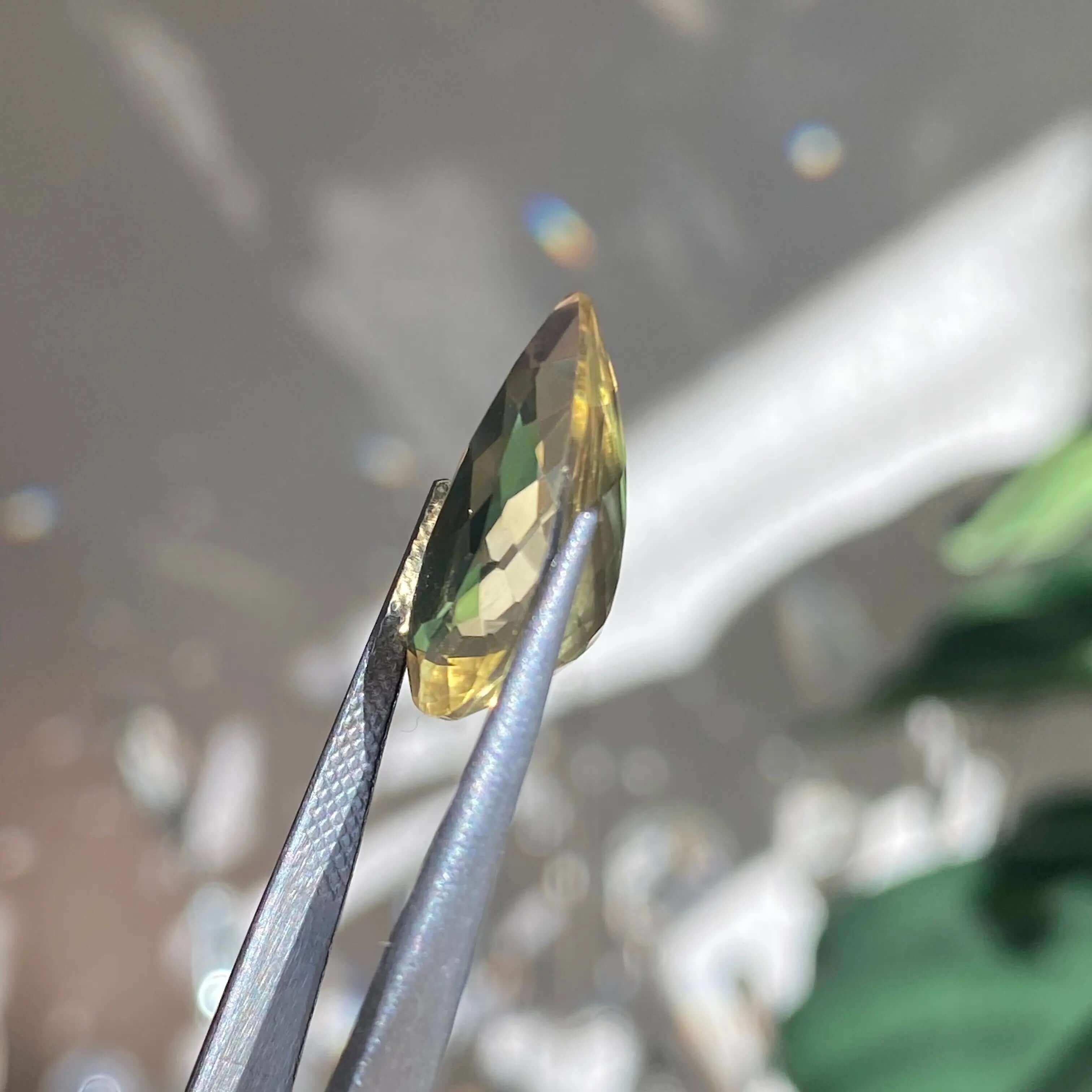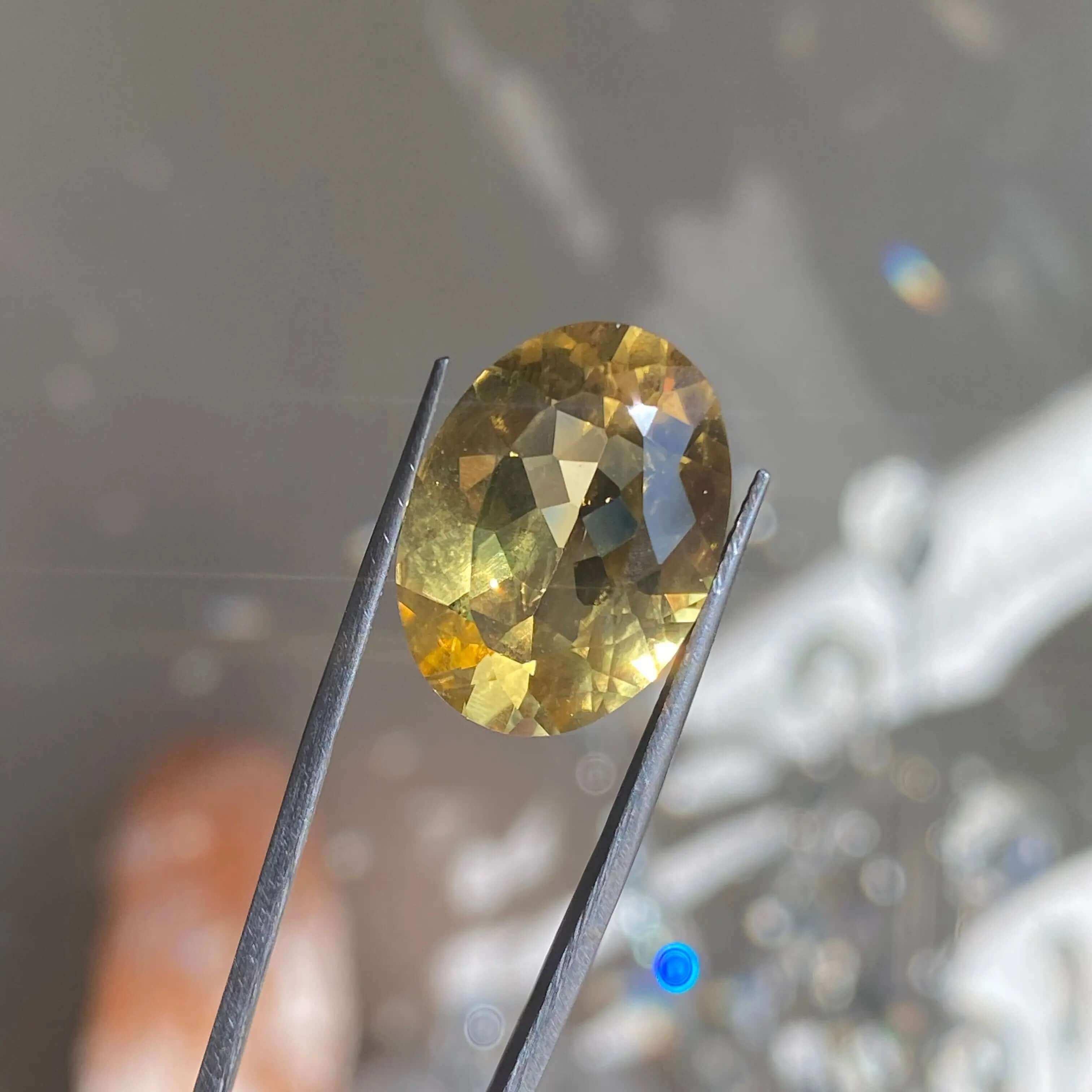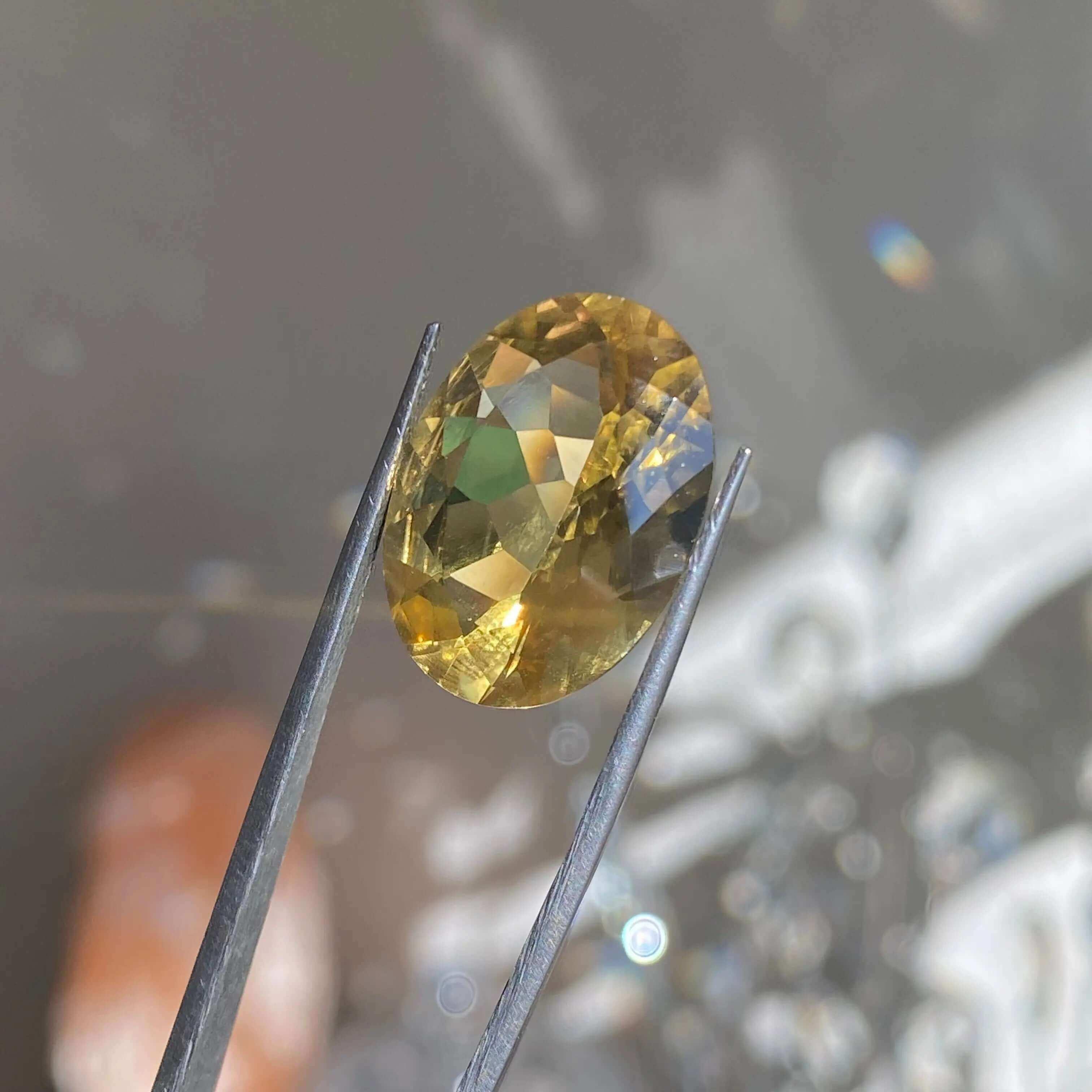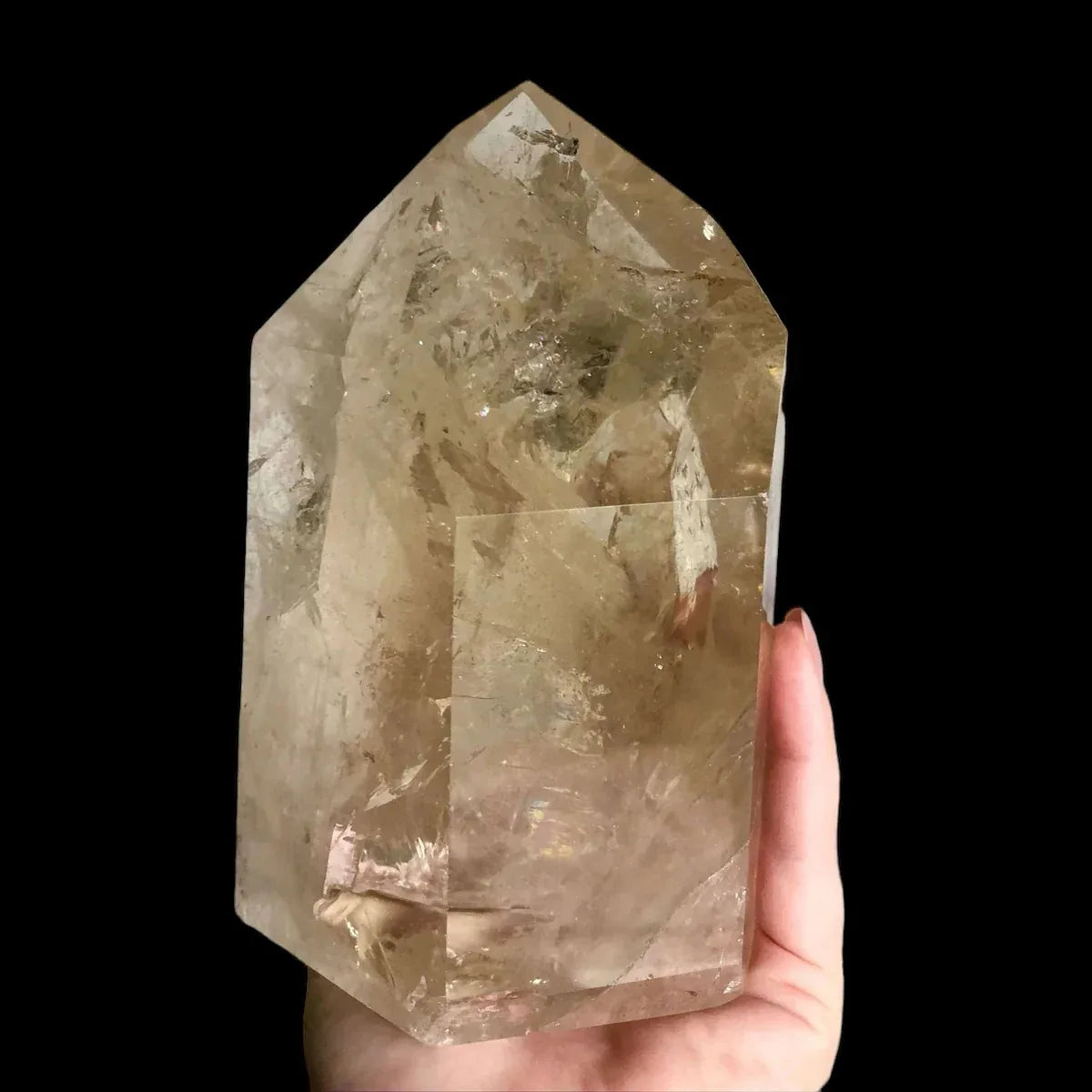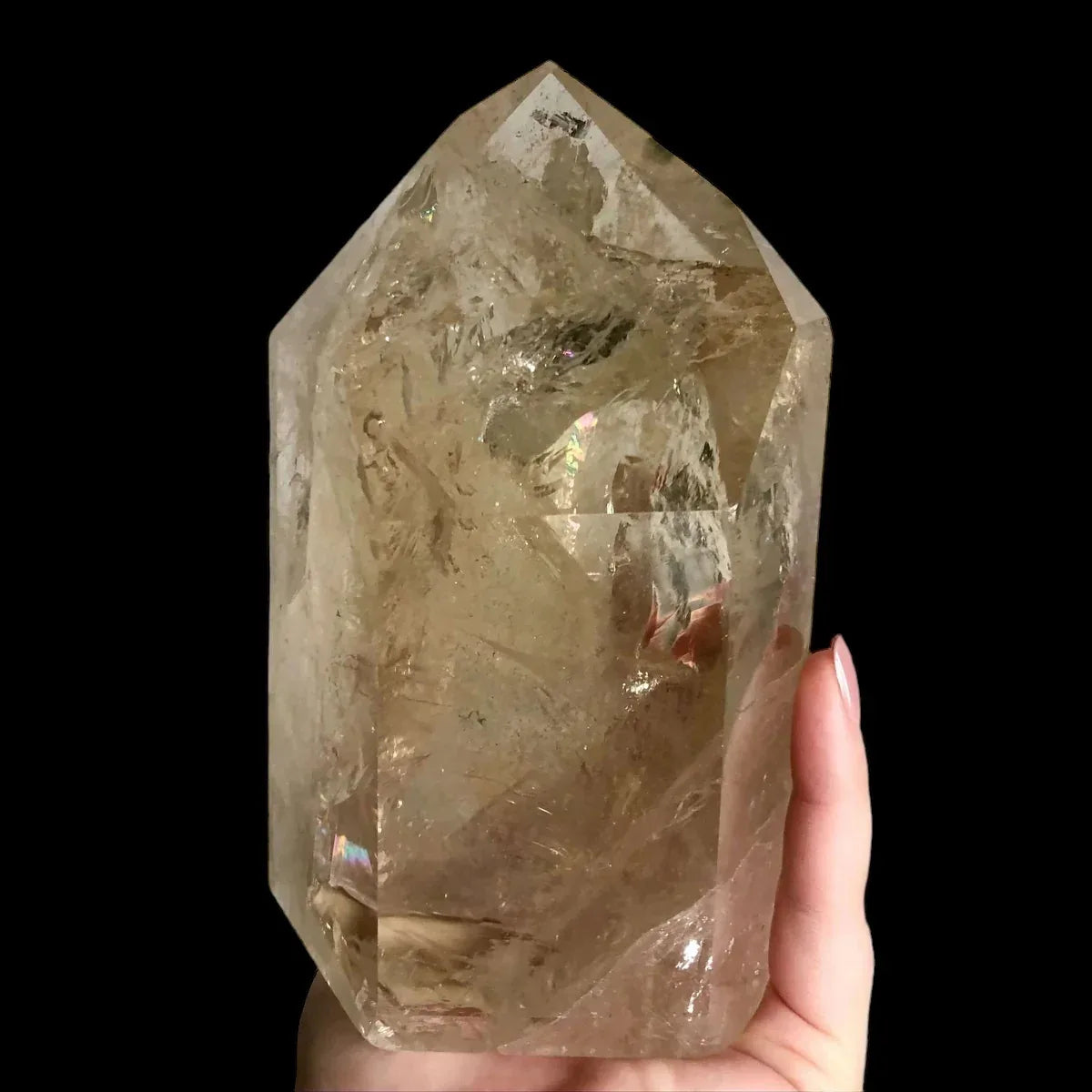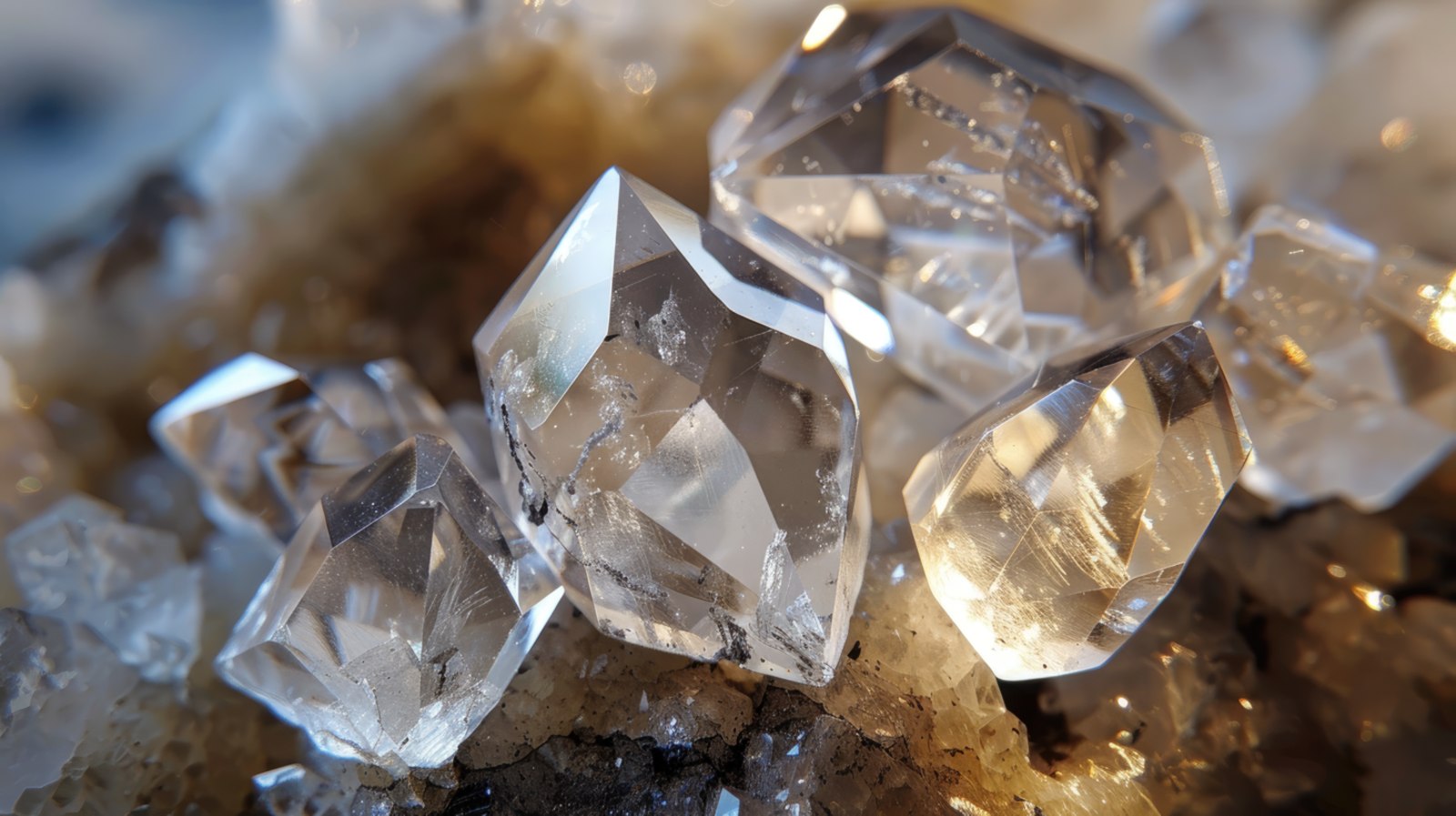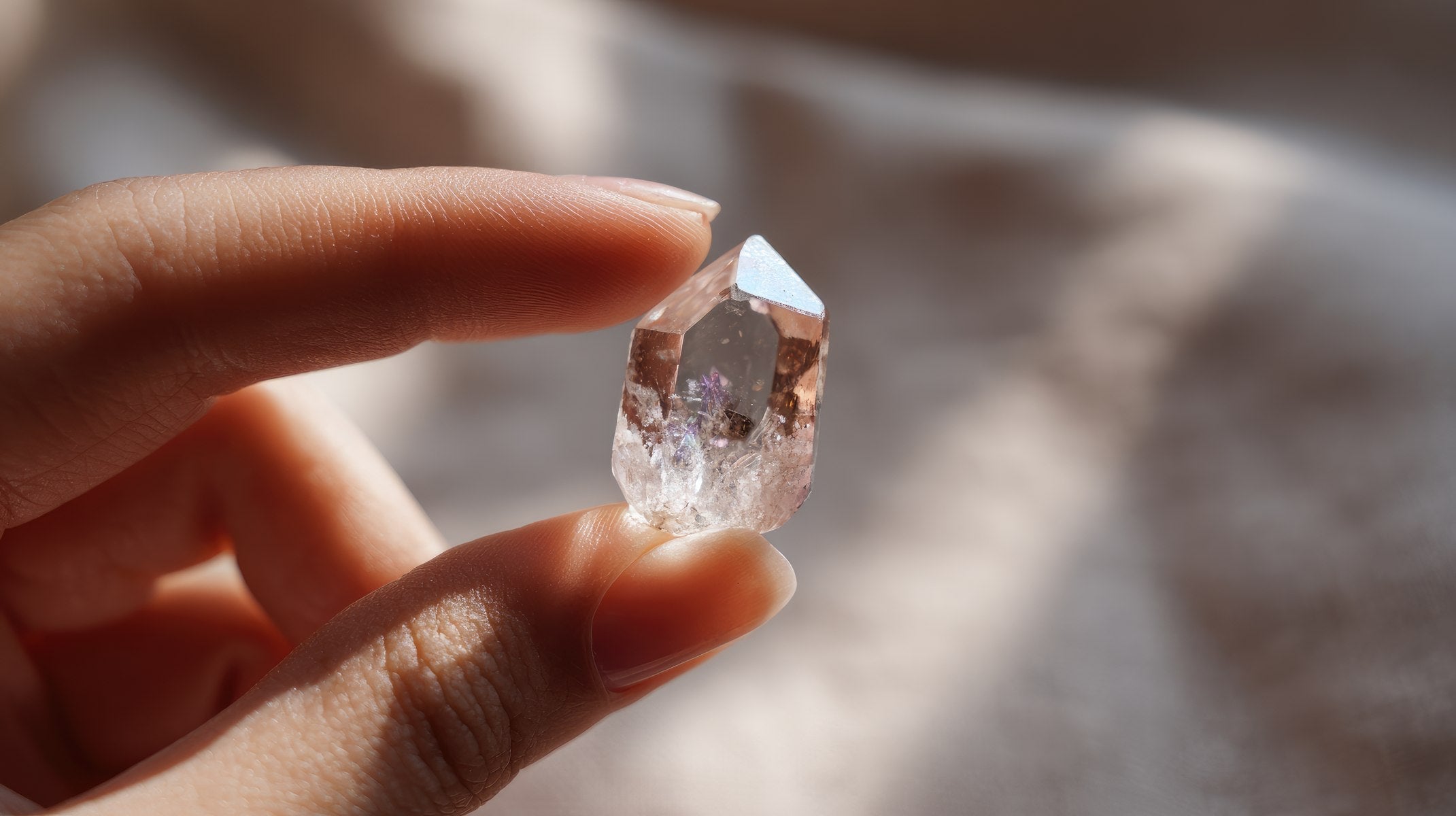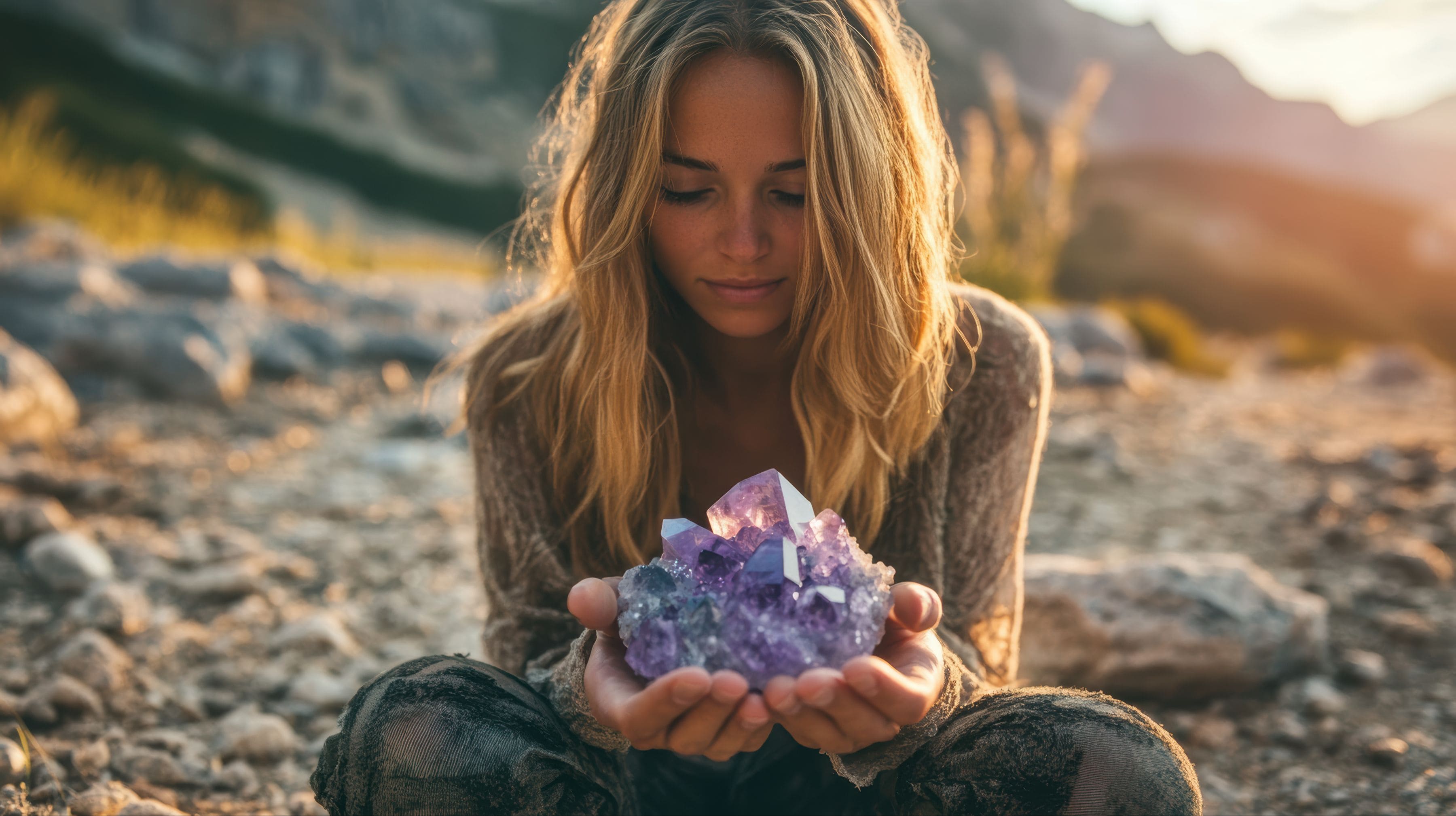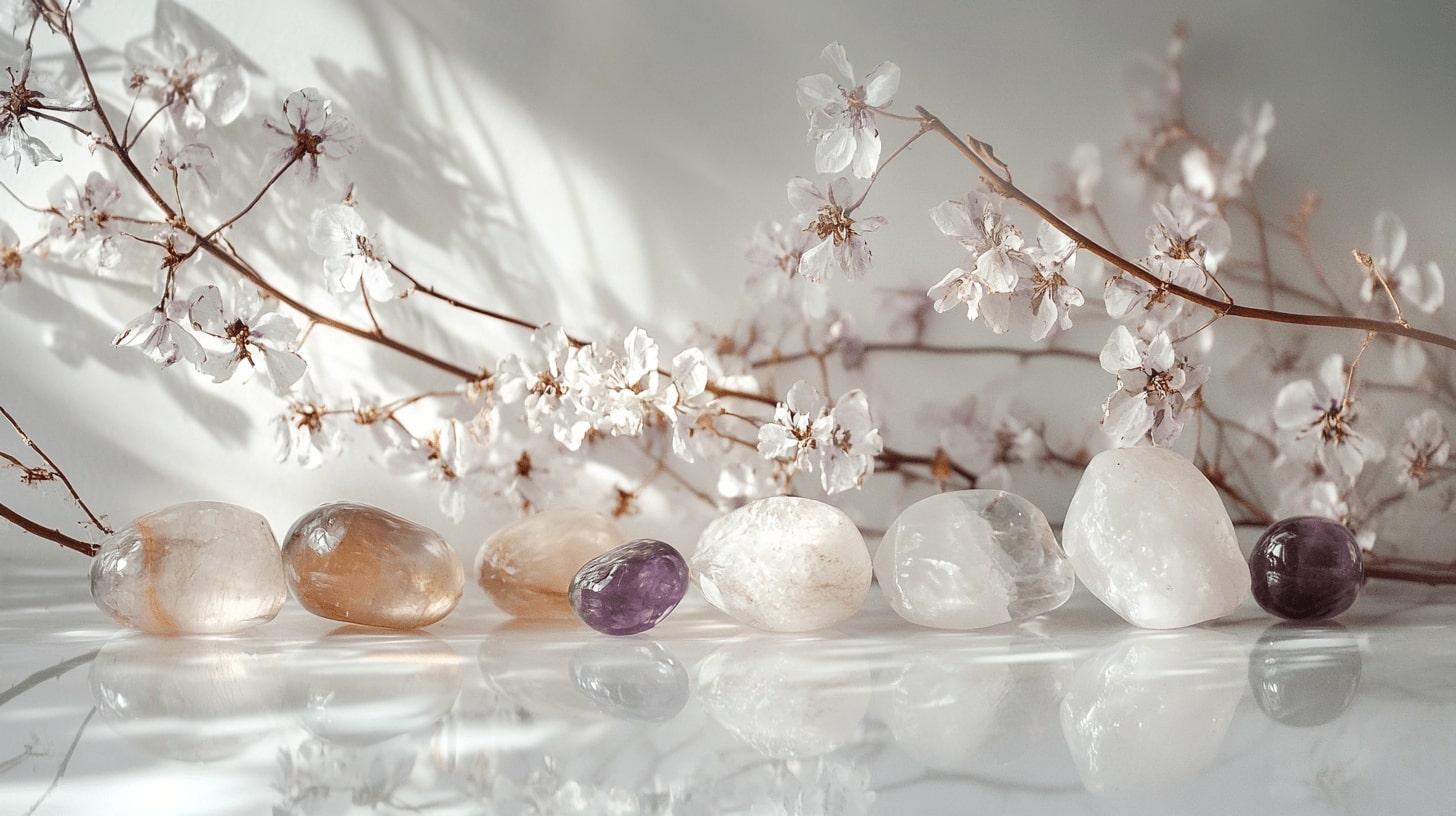Let's chat about citrine for a minute. Everyone loves citrine, right?? And what's not to love? Citrine is the stone of abundance, manifestation, creativity, and strong 3rd chakra/solar plexus energy!
Since some of you may be new-ish to crystals, and I always want you to be informed about the crystals you buy, let's talk a little bit about this pretty yellow stone!
Is your citrine natural or heat treated?
There are two types of citrine. The first, natural citrine, comes yellow-colored straight out of the Earth. The other is "heat treated" citrine, which came out of the ground as amethyst, but has been heated at a high temperature until the purple crystals changed color, into the into orangey-yellow we recognize as citrine.
I've noticed recently that some knowledgeable sellers looking to avoid confusion between the two have started specifically calling this treated version golden amethyst or heated citrine (or similar), so that buyers can easily differentiate and know what they are getting. Also, don't be surprised if you see both types simply called citrine. Since this is the accepted term, it's still very common.
"Whaaaaa...?!" you may be thinking. "Why would people DO that? Why would you sell this? Is it amethyst? Or is it citrine?? Should I buy it? Am I being tricked?? Well, I have answers for all of those questions!
Let me start off by saying that the majority of the citrine you see available in the market is - you guessed it! - actually heat treated amethyst. This includes these cluster-y guys you see here, along with most of the rough points you see, and many tumbled pieces. We'll get to what to do when you encounter some; but let's look first now at how you can tell what is what.
How to know if your citrine is natural or heat treated?
So how can you tell? It's actually pretty simple, in a lot of cases. Generally, if you see stones in the shape or color pattern of amethyst, or if they are unnaturally orange or yellow, or if they are are yellow at the tip with white bases, they are probably amethyst.
Similarly, if they have an "ombre" color and fade from dark yellow/orange, to light, to clear/white in the same piece, you've probably got some amethyst-turned-citrine there. Also, it doesn't matter if it's in points, clusters, or small tumbled stones: if it exhibits these traits, it's probably heat-treated amethyst.
So why is this? Well, natural amethyst (
learn more about amethyst here), a purple variety of
quartz, grows primarily in cluster formations, with the "points" that you see frequently. Since amethyst is abundant, it's easy to mine and then treat it to produce citrine
and still sell it affordably on the market.
Natural citrine (a yellow variety of quartz), on the other hand, is very rare - and, as such, can be very expensive and difficult to come by. It also does not form naturally in the pretty geode shape that amethyst does - so heated citrine fills the desire for a geode in a different color.
Is heated citrine really citrine?
So you have a piece of citrine, and you are pretty sure it's been heat treated... so what the heck IS it, really?? Is it amethyst? Is it citrine? They have different properties - so it's important to know, right?! Rest assured, transformed citrine IS considered citrine, for all intents and purposes, by many, if not most people - including crystal and metaphysical experts. Why? The process of heating doesn't change the actual structure of the crystal.
However, what does change is the color - or the light frequency that it gives off. Because of this, you now have a stone that vibrates on the yellow-orange color spectrum, instead of on the purple/violet spectrum. Therefore, all of the things that are associated with that color spectrum (the solar plexus; abundance; warmth) are now associated with the (newly-yellow) crystal.
So: To be sure, natural or heat treated citrine is just fine to use, in your personal practice or home decor (although many crystal healers say that natural citrine has a stronger energy). At some point, it may be worth it to purchase a piece of each and see what you notice - if you prefer one or the other, or feel that they are useful in different situations.
How do you you choose - is natural citrine better than heat treated citrine?
In any case, I always recommend choosing the crystals that YOU are drawn to, and that YOU think are beautiful. THOSE are the "right" crystals for you to work with. ;) I've noticed that there are some pieces of heat-treated citrine that I absolutely love. There are also some that I totally hate (I don't buy those ones).
Let your intuition - and how you feel about the individual piece or crystal itself - dictate what you "should" or "shouldn't" buy. That is more important than whether it's completely "natural" or not.
I carry both in my shop, depending on what I find and what I like.
Wondering where to purchase genuine citrine stones?
We've got you! Shop our citrine collection right here.
